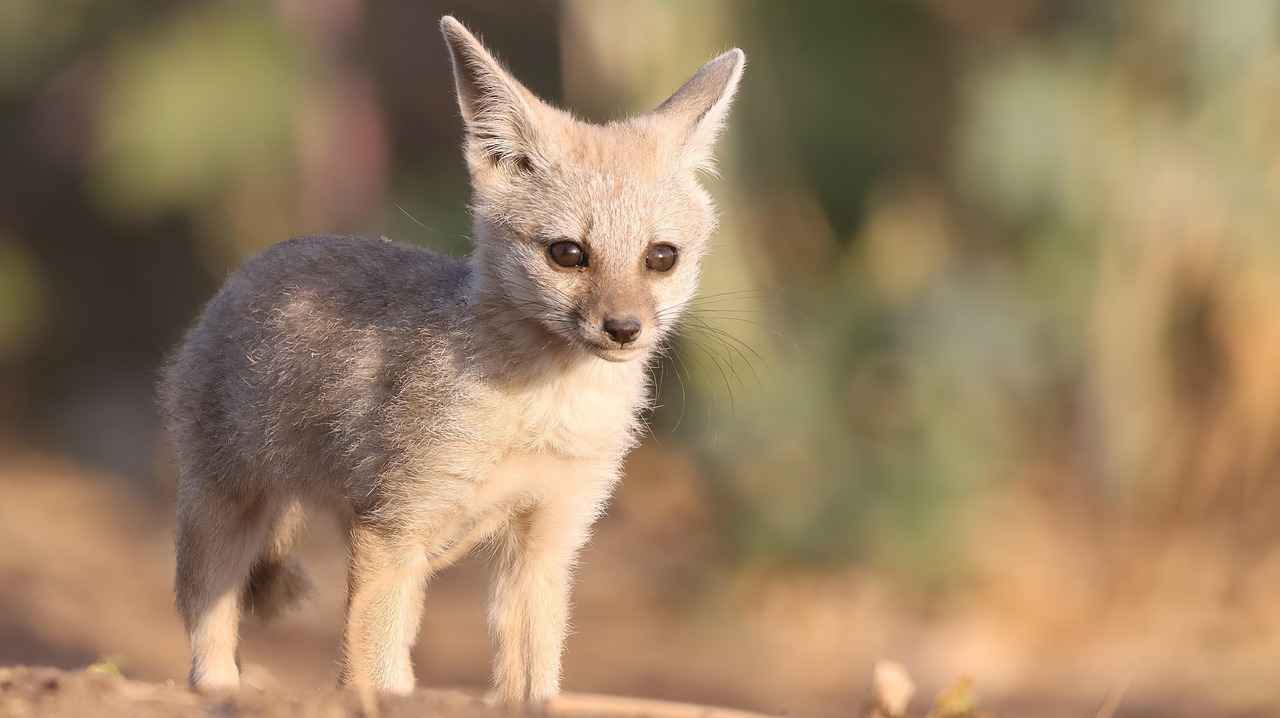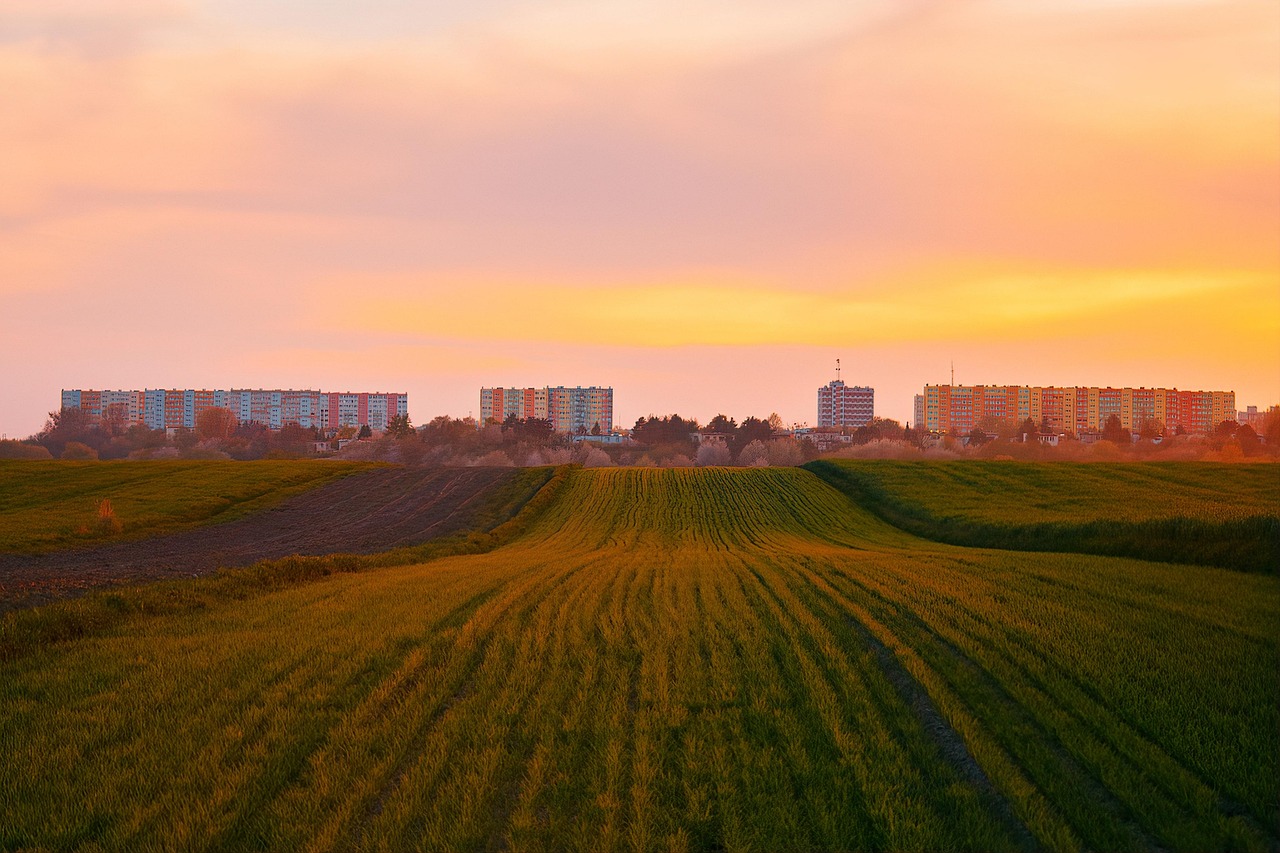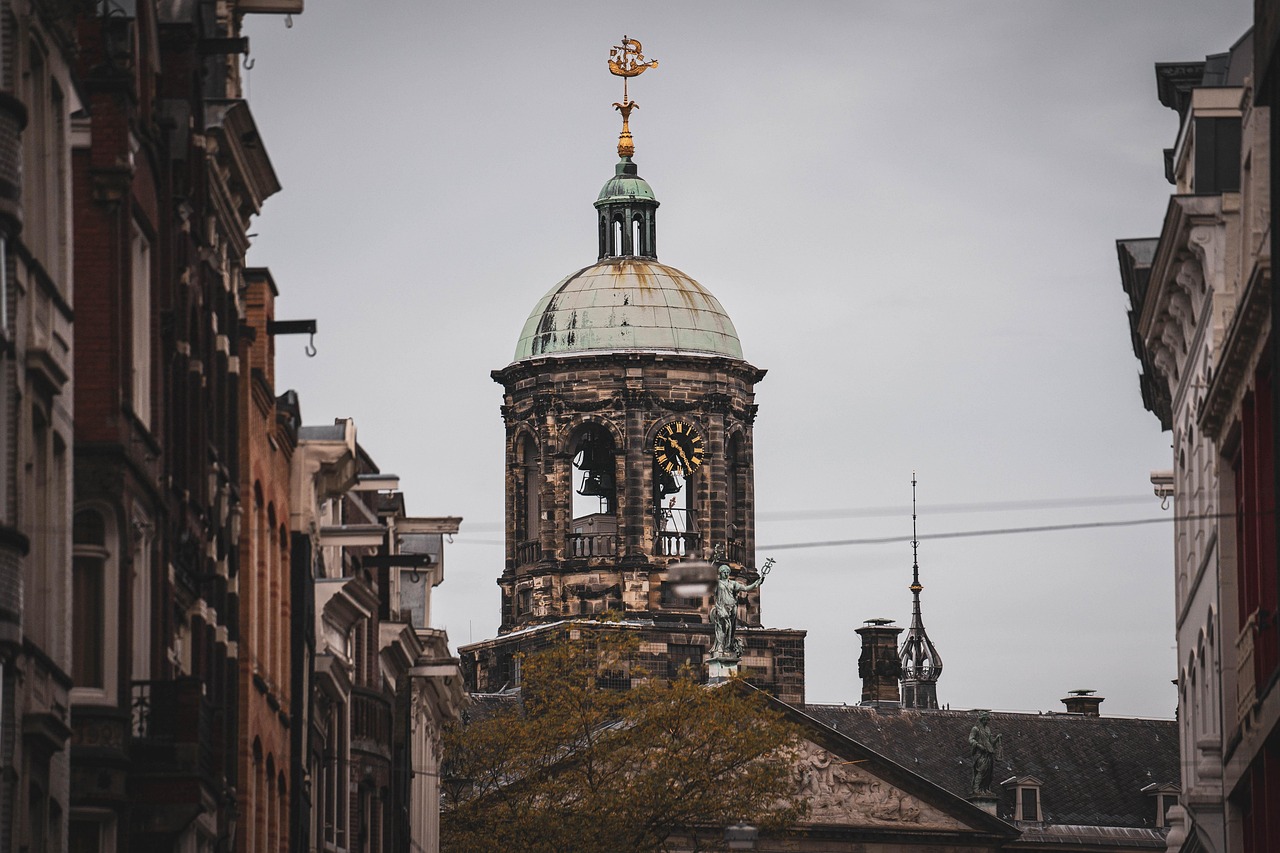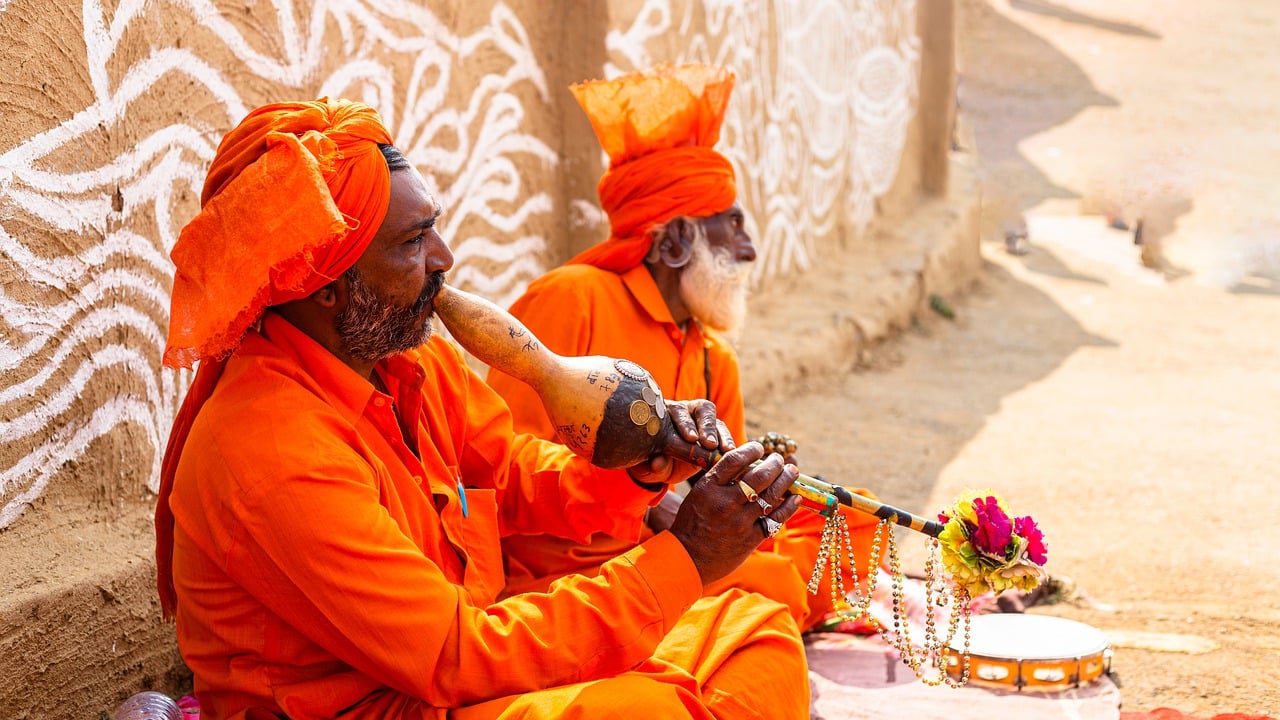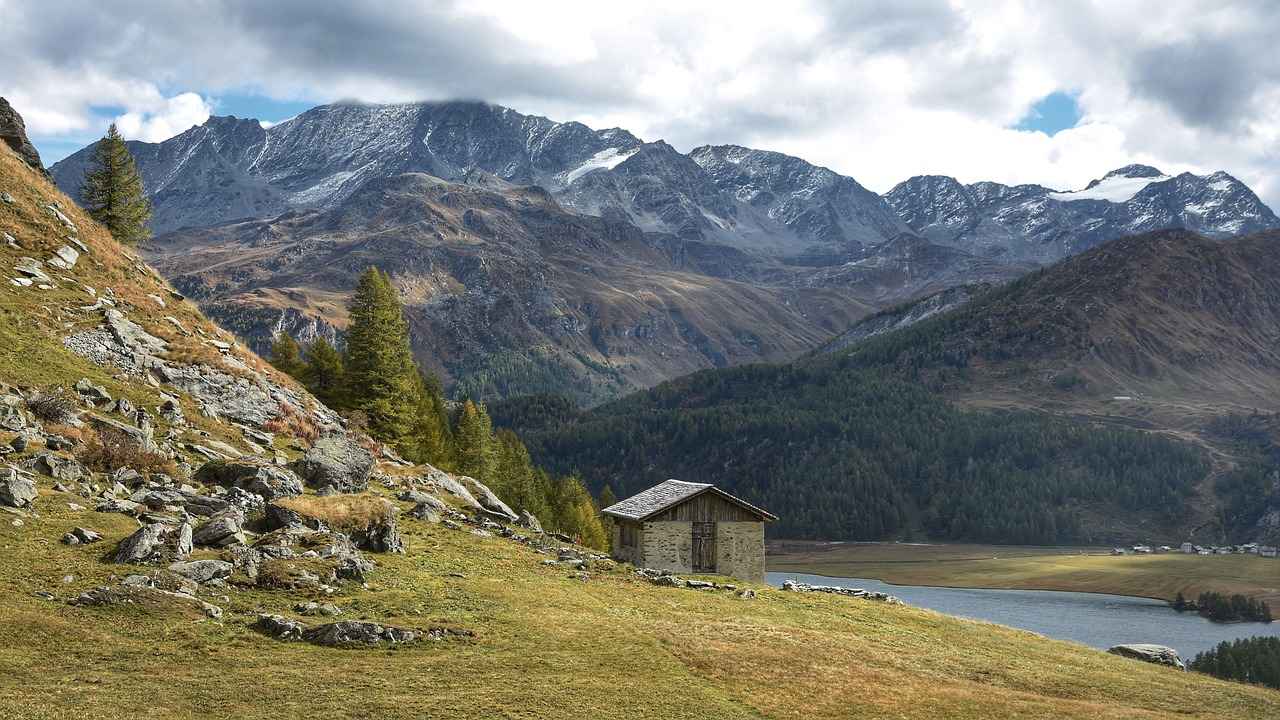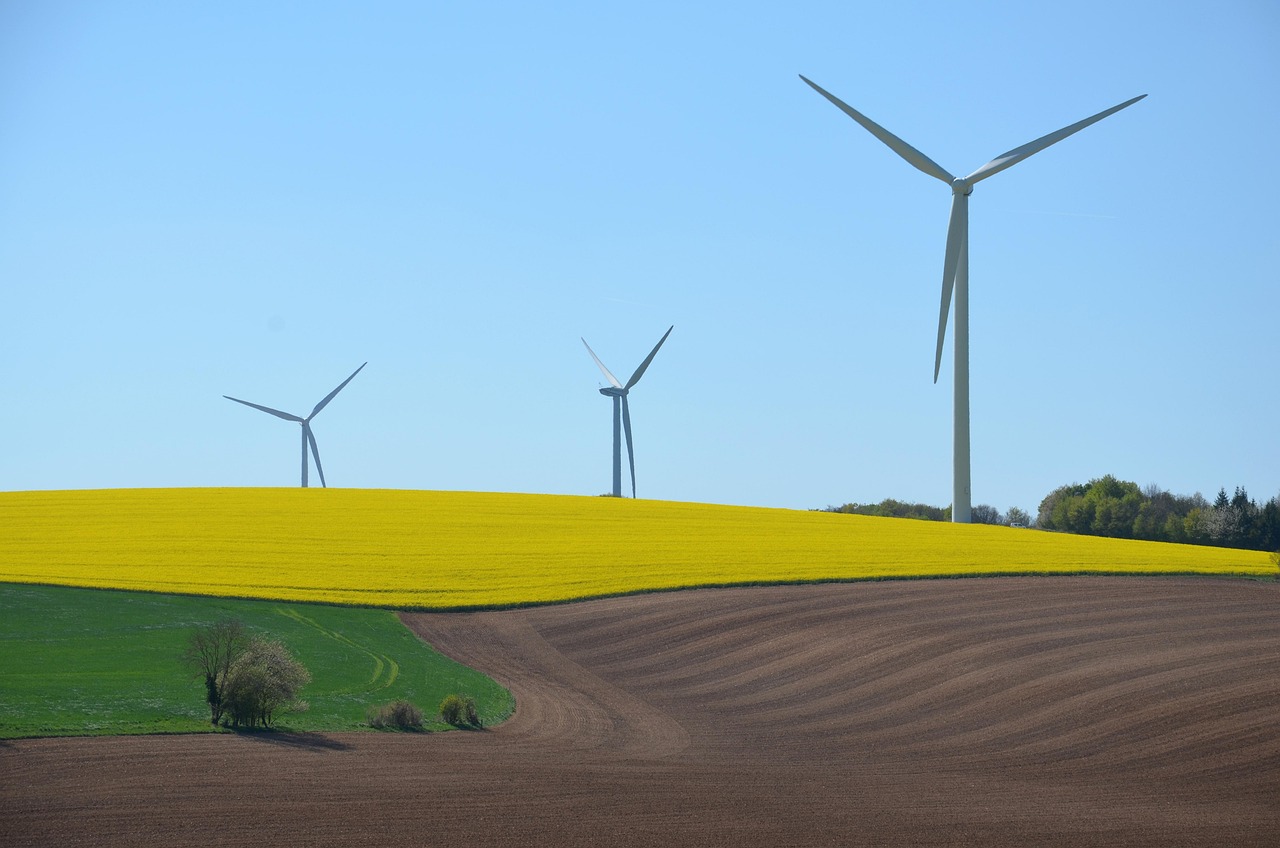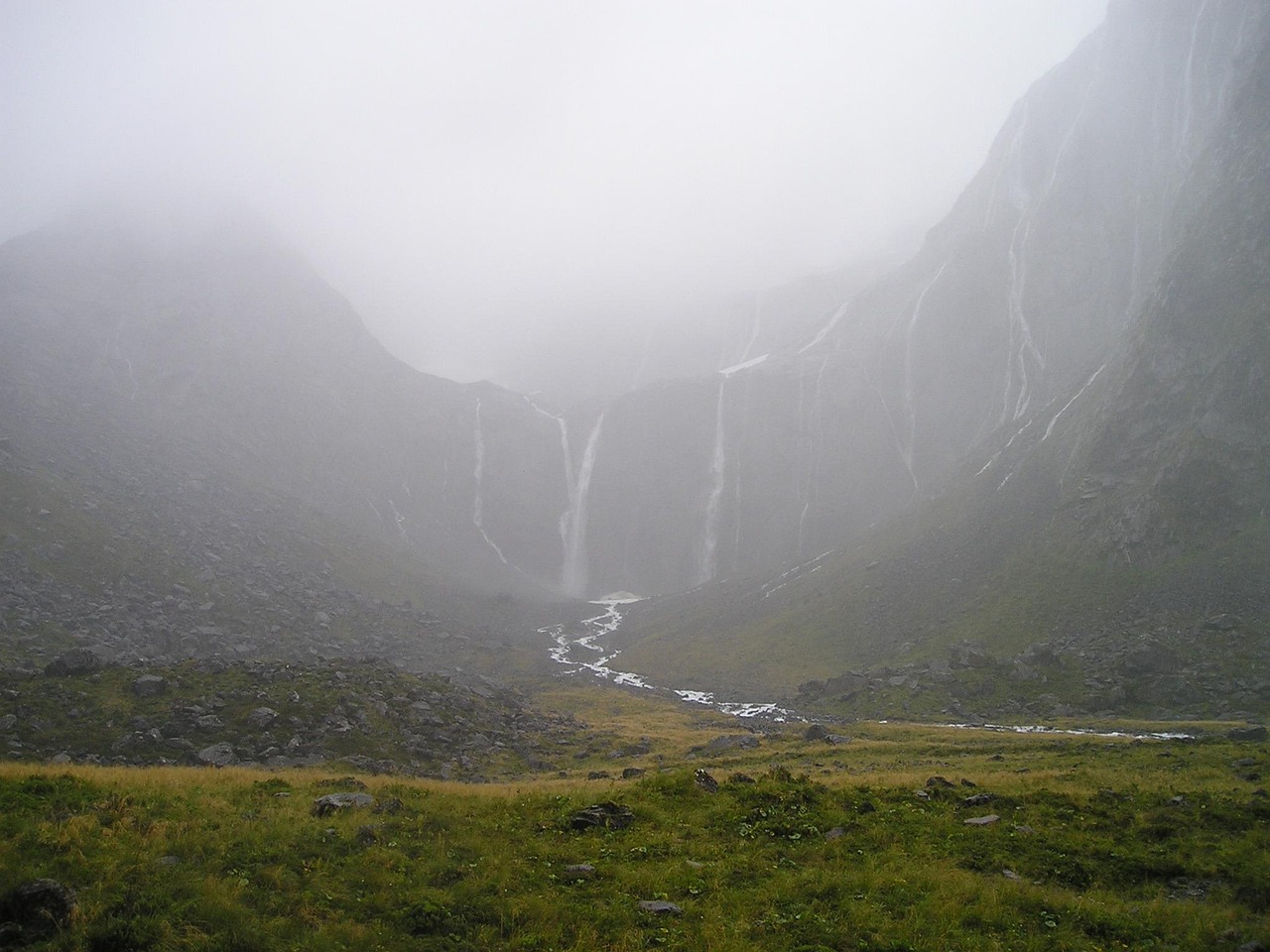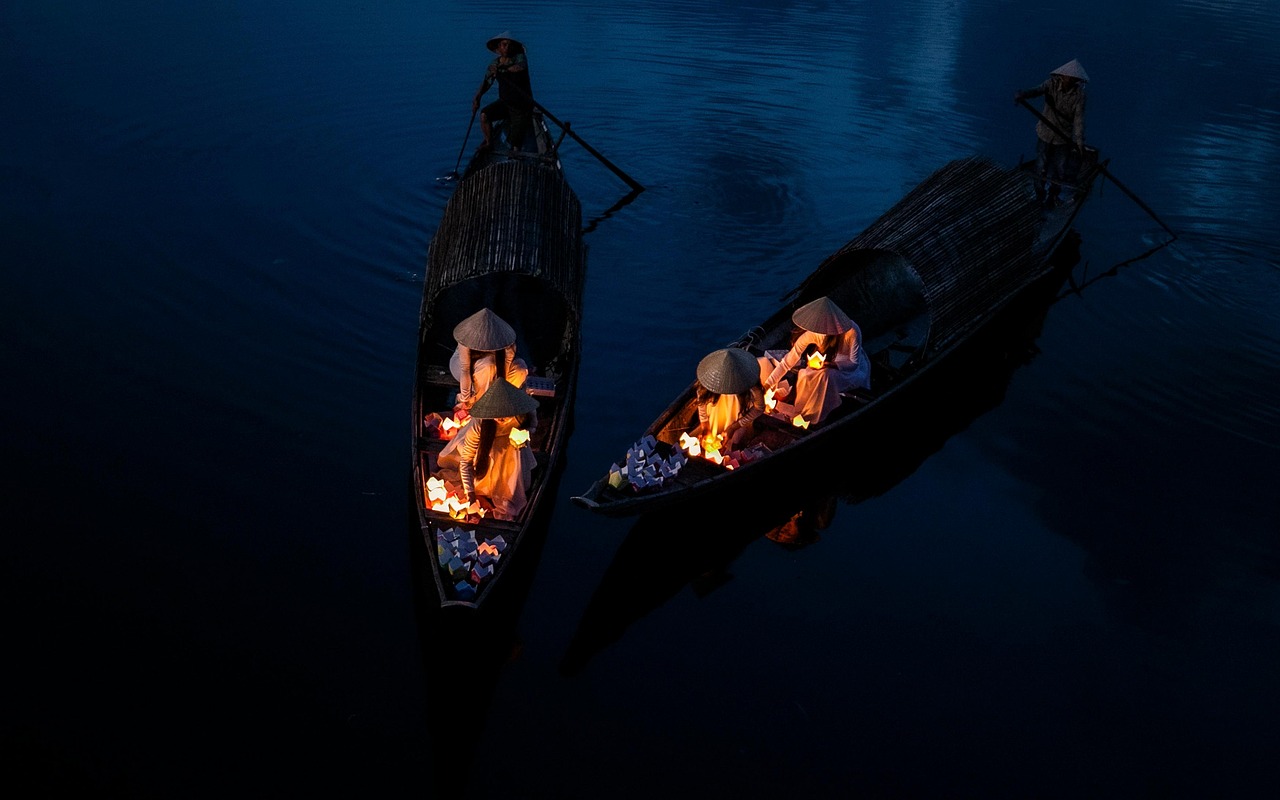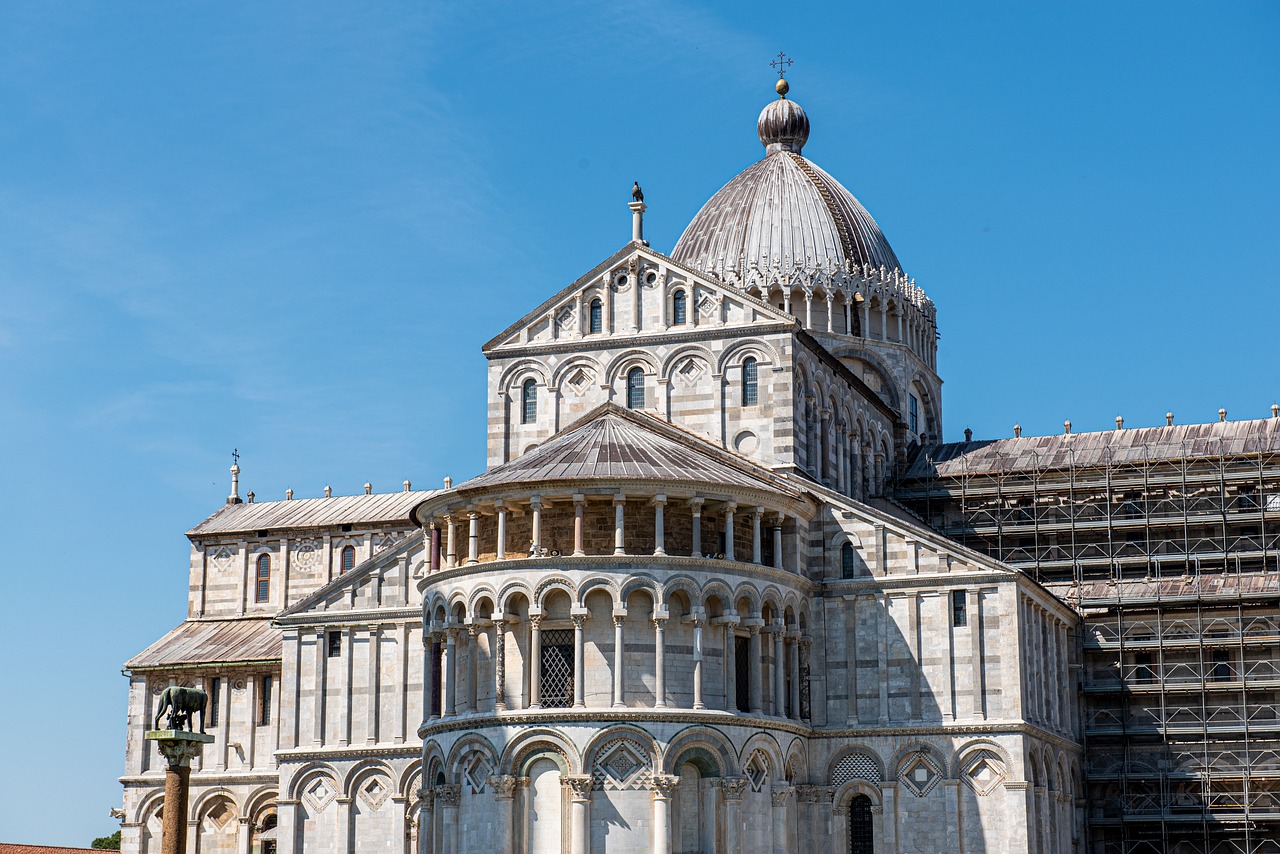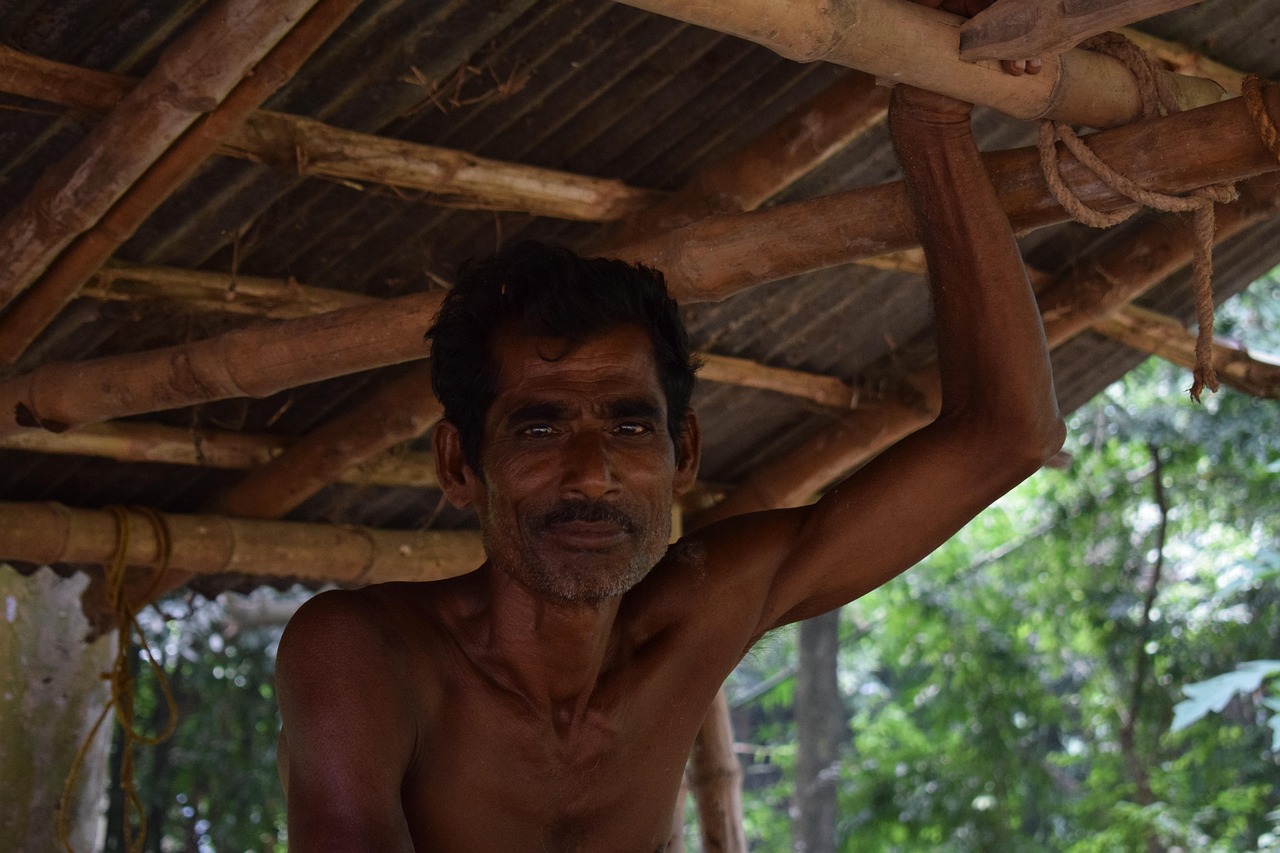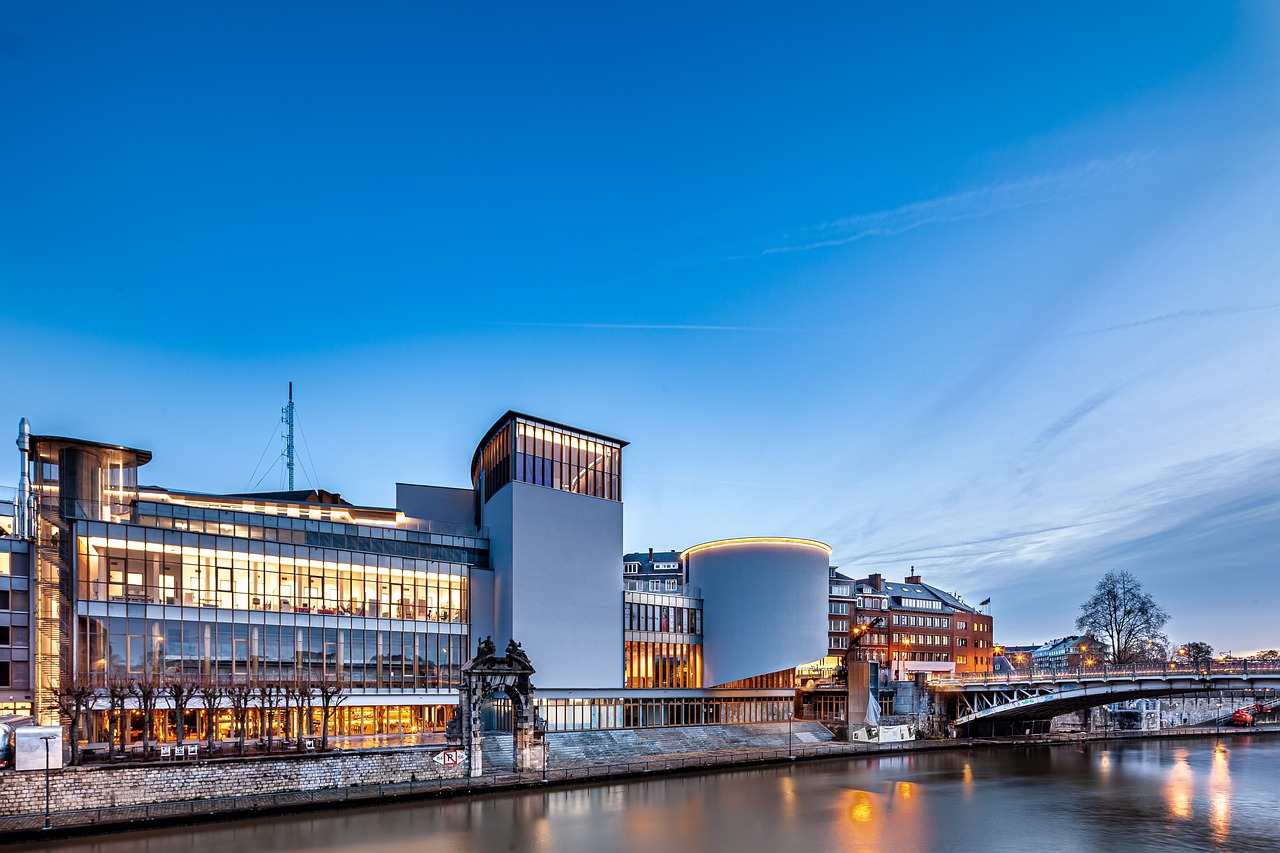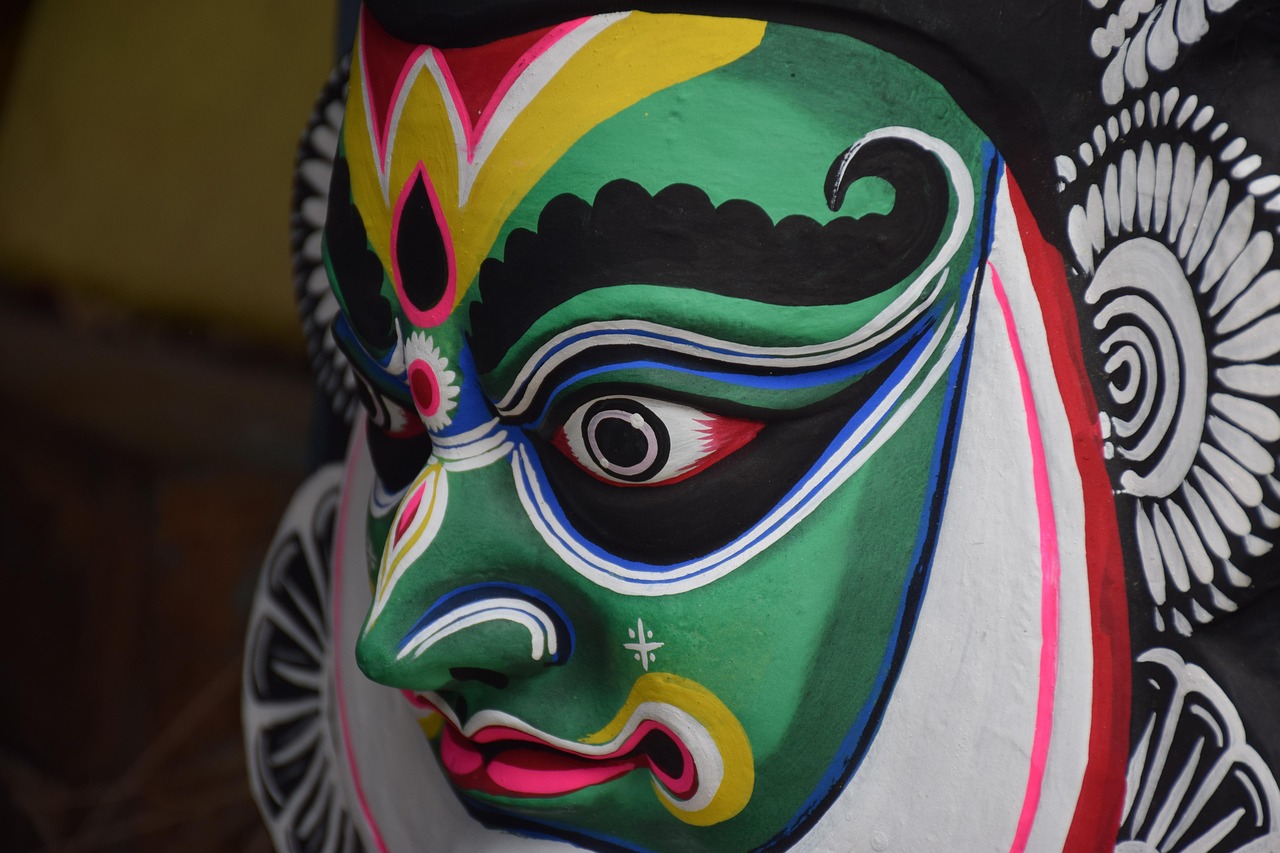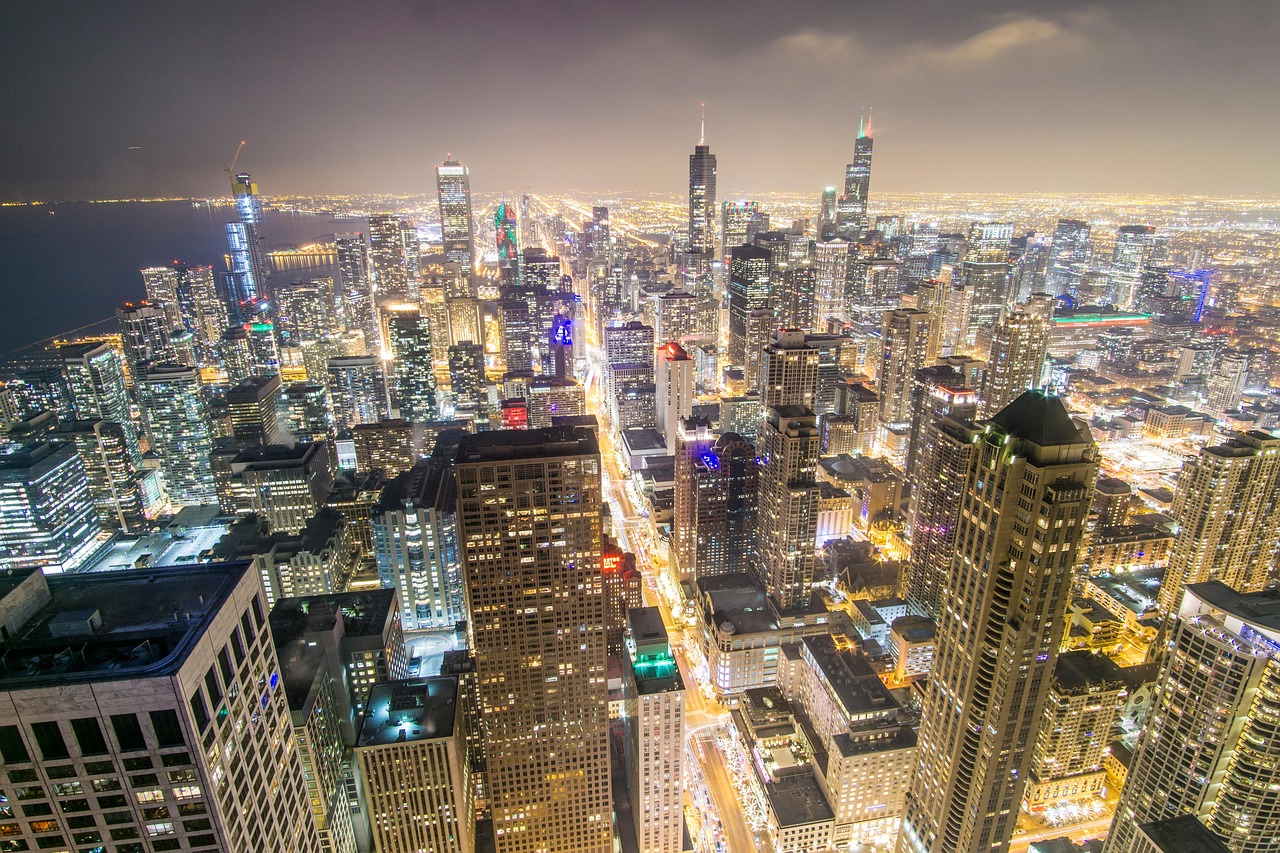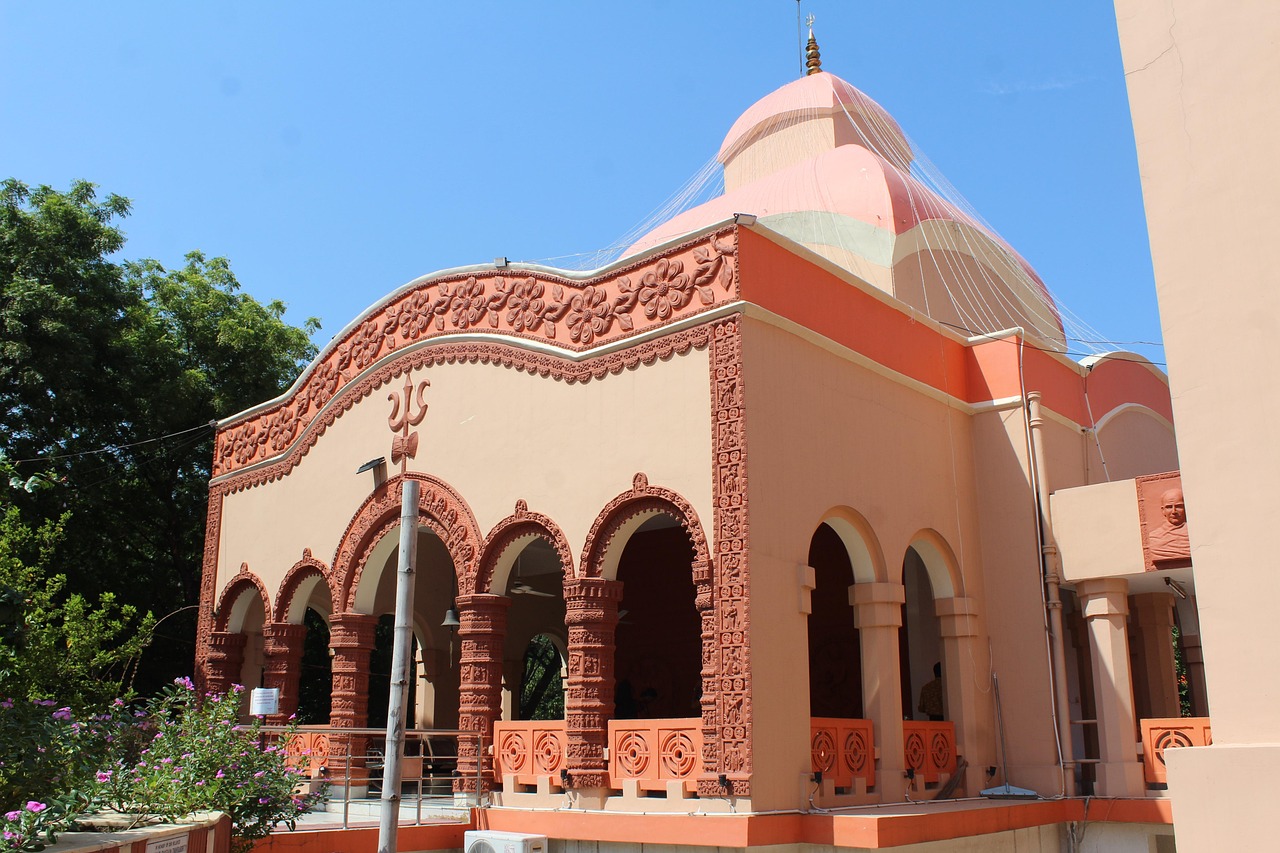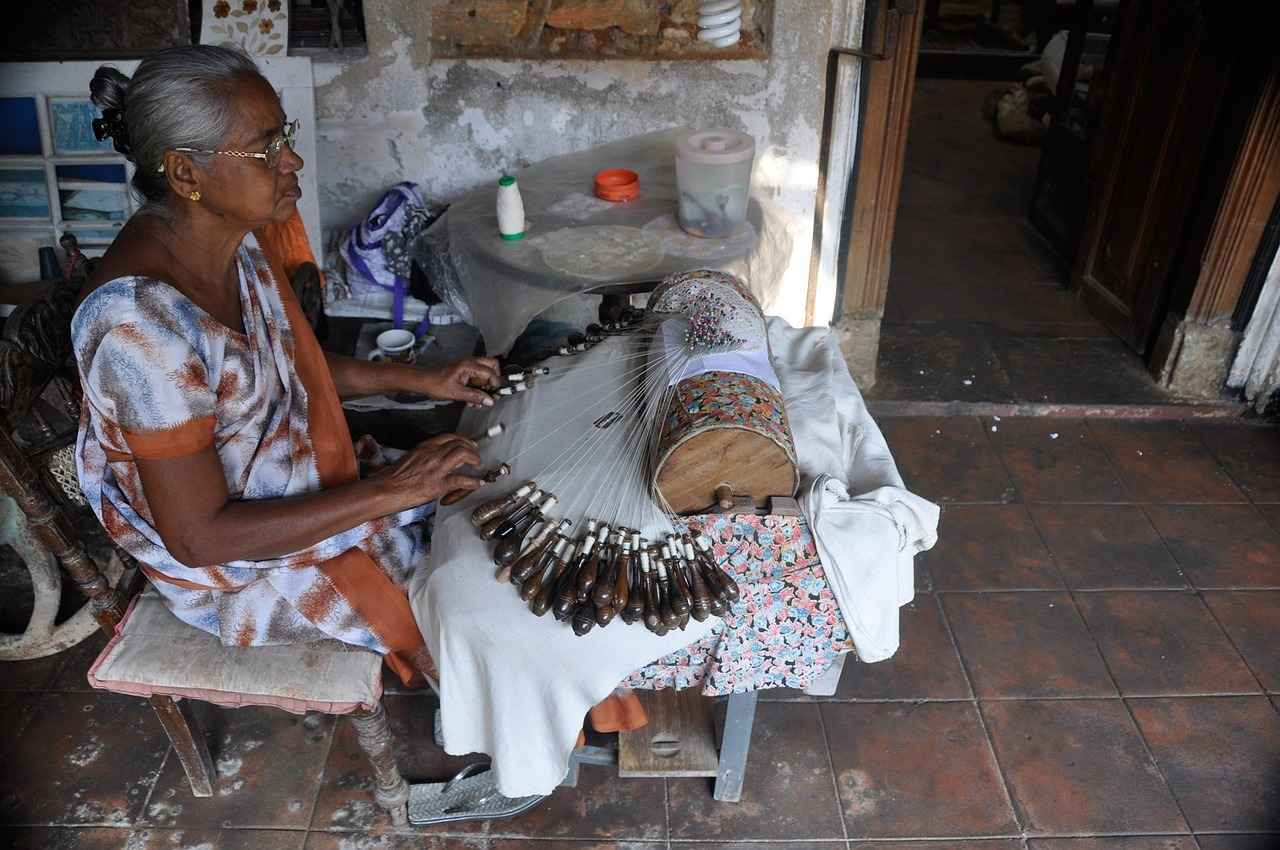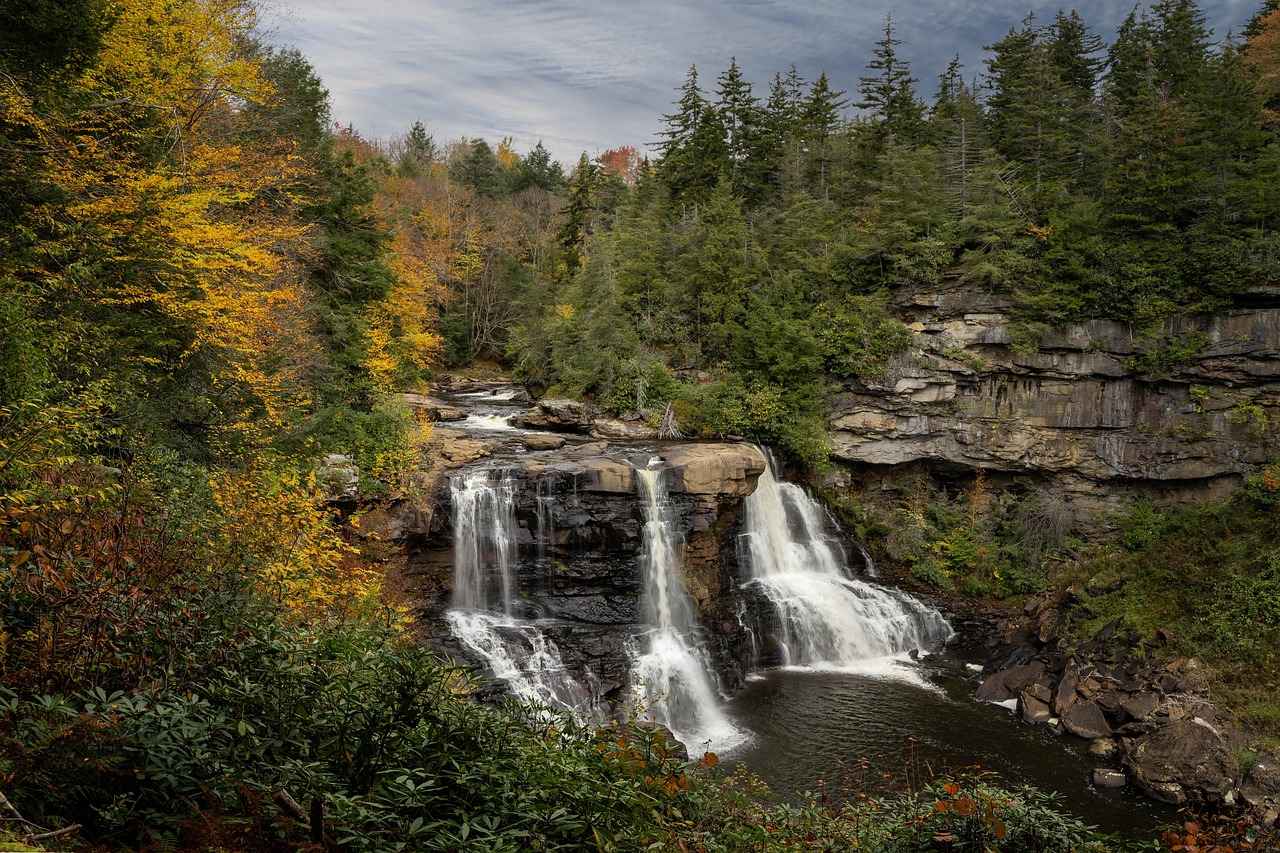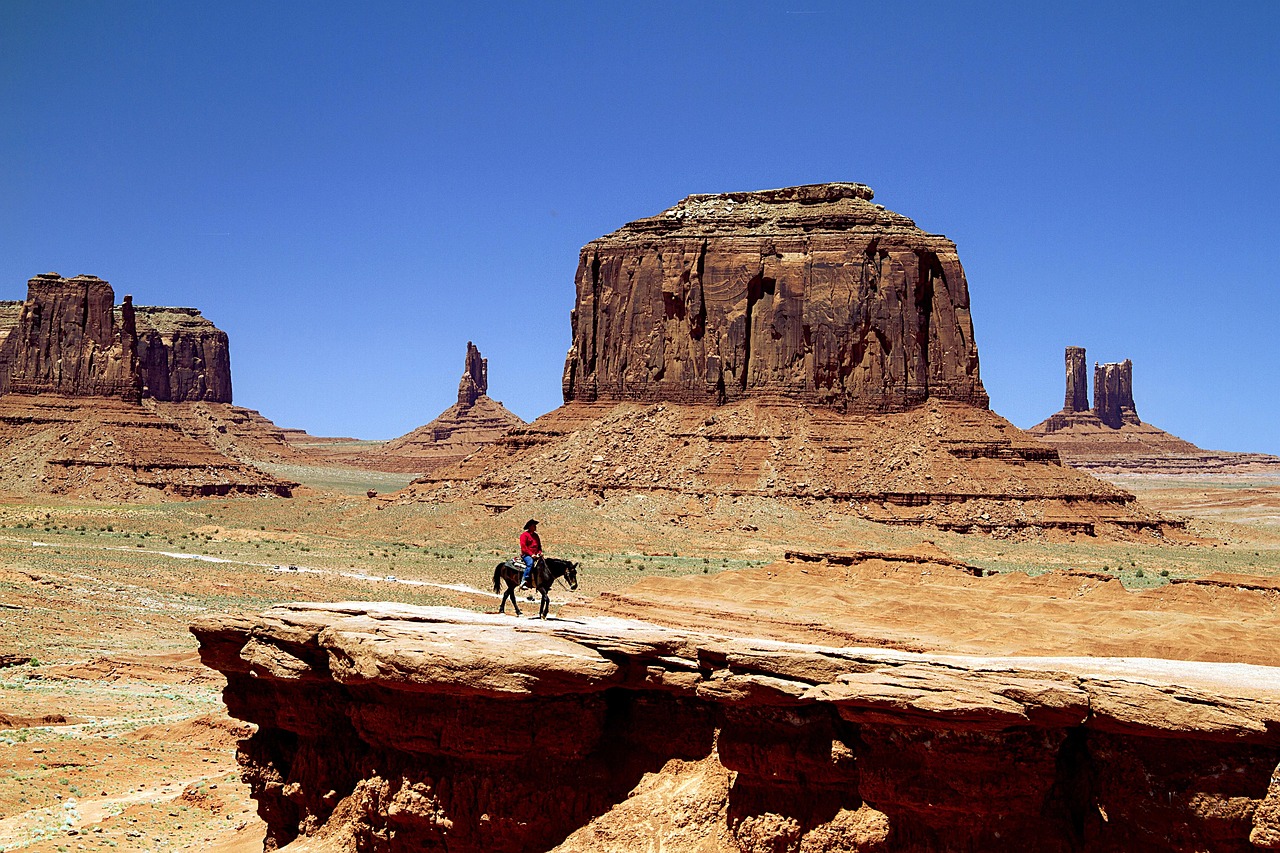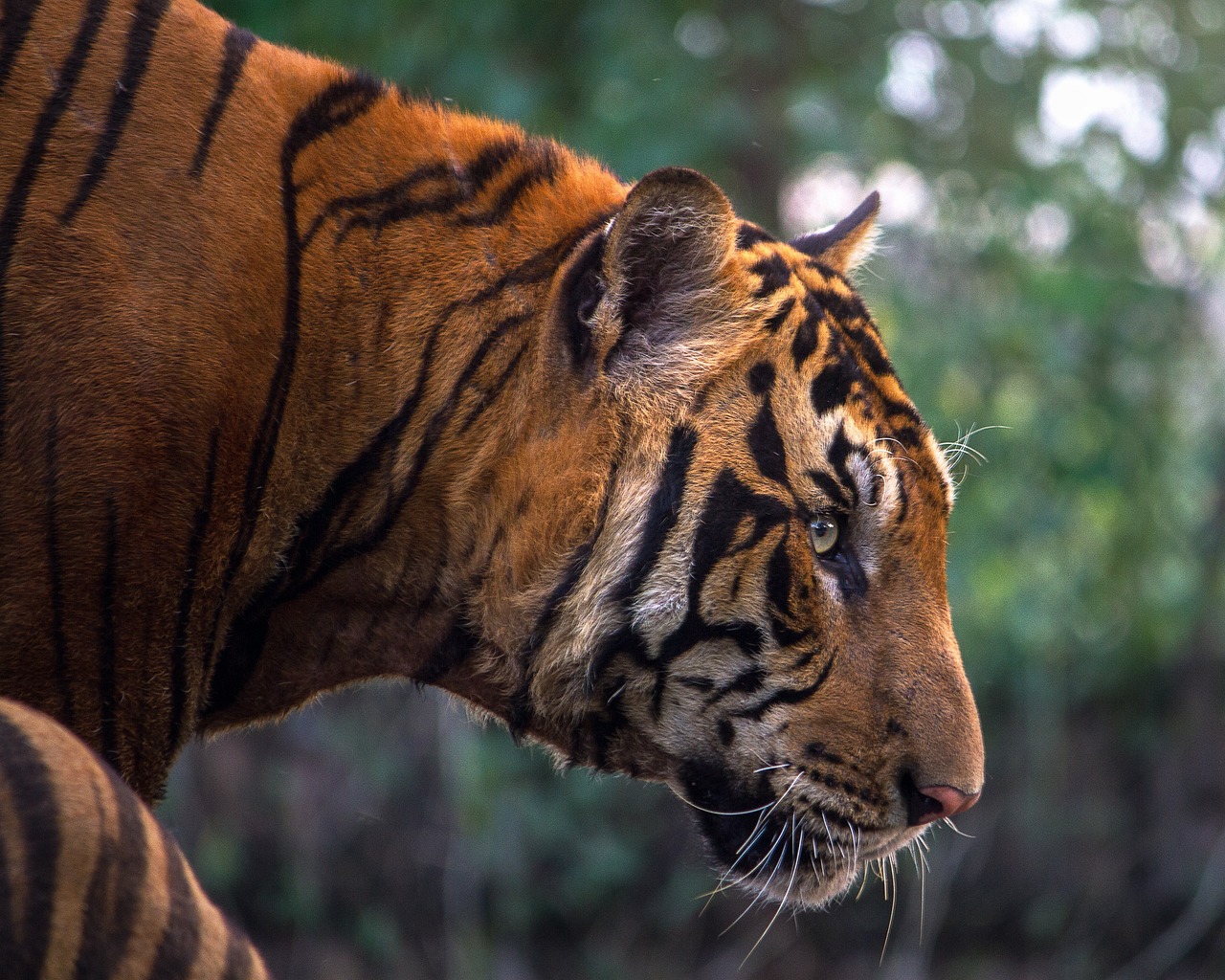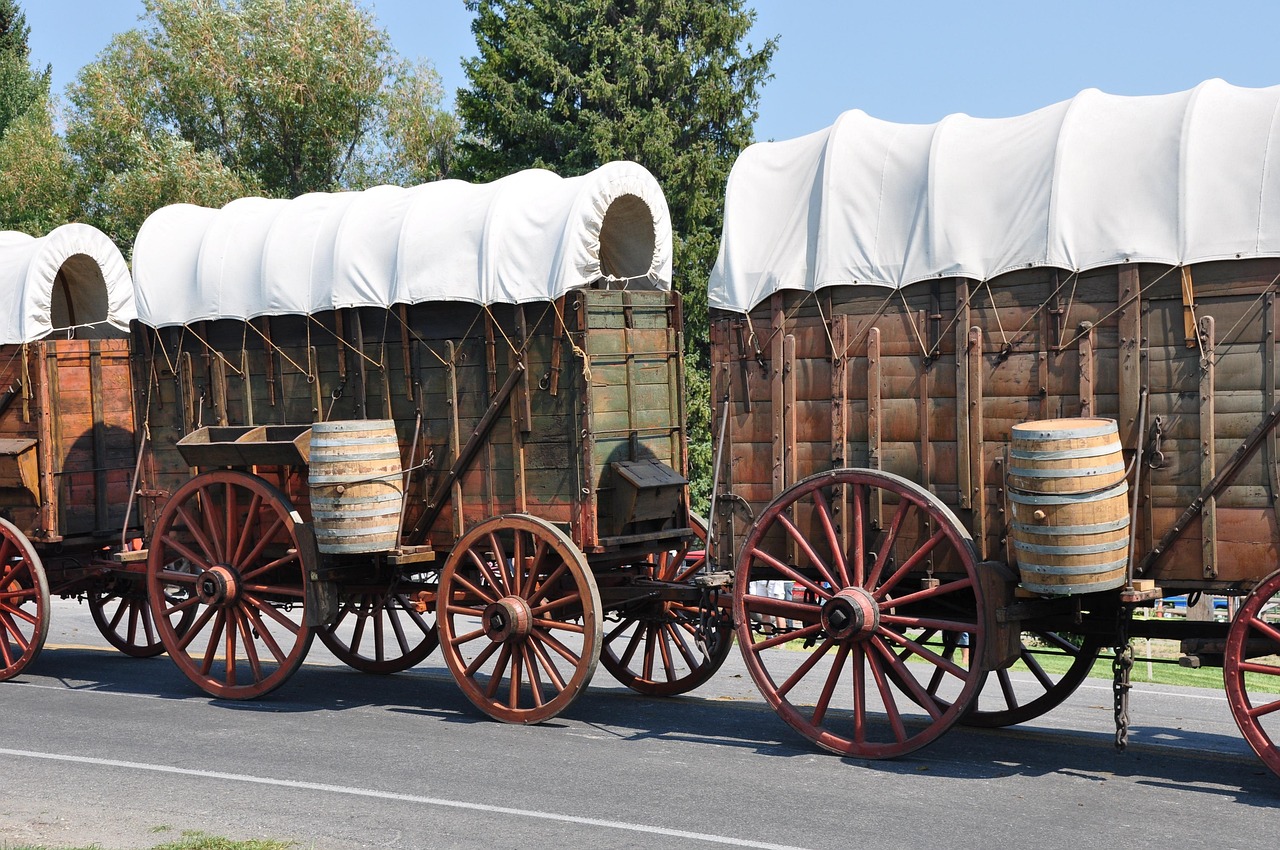This article delves into the most picturesque road trip routes in West Bengal, showcasing the state’s unique attractions, breathtaking landscapes, and rich cultural experiences. For travelers seeking adventure and beauty, these routes offer an unforgettable journey through one of India’s most vibrant regions.
- The Enchanting Himalayan Circuit: Experience the breathtaking views of the Himalayas, with charming hill stations like Darjeeling and Kalimpong. This route is perfect for nature lovers and adventure seekers alike.
- The Serene Sundarbans Journey: Explore the world’s largest mangrove forest, home to the majestic Royal Bengal Tiger. Enjoy the tranquil waterways and rich biodiversity of this UNESCO World Heritage site.
- The Cultural Heritage Trail: Discover West Bengal’s rich cultural history by visiting iconic sites such as Santiniketan and Murshidabad, which showcase the region’s art, architecture, and traditions.
- The Coastal Drive to Digha: Enjoy a refreshing drive along the coast to Digha, where sandy beaches meet the Bay of Bengal, making it an ideal getaway for families and beach lovers.
- The Tea Garden Route: Journey through the lush tea gardens of Darjeeling and Dooars, where you can savor the region’s famous brews while surrounded by stunning natural beauty.
- The Historical Route to Kolkata: Immerse yourself in the colonial past and vibrant culture of Kolkata by visiting landmarks such as the Victoria Memorial and Howrah Bridge.
- The Mystic Route to Kalimpong: Experience the serenity of Kalimpong, known for its Buddhist monasteries and vibrant flower markets, offering a peaceful retreat for those seeking tranquility.
- The Wildlife Safari in Jaldapara: Embark on an adventurous safari in Jaldapara National Park, home to the Indian one-horned rhinoceros, and explore diverse ecosystems.
- The Riverbank Drive Along the Hooghly: Enjoy a scenic drive along the Hooghly River, taking in picturesque views of ancient temples and lively riverside ghats.
- The Pilgrimage Route to Tarapith: Visit the sacred site of Tarapith, famous for its temple dedicated to the goddess Tara, where you can experience its spiritual significance and rich traditions.
- The Artistic Journey to Shantiniketan: Explore the creative atmosphere of Shantiniketan, founded by Rabindranath Tagore, where art and culture flourish.
- The Scenic Route Through the Dooars: Travel through the lush forests and tea gardens of Dooars, offering an unforgettable experience filled with natural beauty.
In conclusion, West Bengal presents a plethora of scenic routes that cater to various interests, from nature and wildlife to culture and history. Whether you are planning a short getaway or a long adventure, these routes promise to leave you with lasting memories and a deeper appreciation for this beautiful state.

1. The Enchanting Himalayan Circuit
Embark on an unforgettable journey through the Enchanting Himalayan Circuit, a mesmerizing route that showcases the natural beauty and cultural richness of the Himalayas. This scenic drive is a paradise for nature lovers and adventure seekers alike, offering breathtaking views of towering snow-capped peaks, vibrant valleys, and charming hill stations.
As you navigate through this stunning landscape, you will encounter the famous hill stations of Darjeeling and Kalimpong. Each of these towns has its unique charm, with Darjeeling renowned for its lush tea gardens and panoramic vistas, while Kalimpong captivates visitors with its serene atmosphere and vibrant flower markets.
The route is dotted with numerous viewpoints and attractions that invite exploration. Stop at the Tiger Hill to catch a dazzling sunrise over the Kanchenjunga range, or visit the historic Ghoom Monastery to experience the spiritual essence of the region. The Teesta River flows alongside, offering opportunities for white-water rafting and picnicking by its banks.
For those who appreciate rich cultural experiences, the Himalayan Circuit is also a gateway to local traditions and festivals. Engage with the warm-hearted locals, sample authentic cuisine, and learn about the diverse customs that define this enchanting region.
In conclusion, the Himalayan Circuit is more than just a road trip; it is an immersive experience that combines stunning landscapes, adventure, and cultural exploration. Whether you seek tranquility in nature or excitement in adventure, this route promises to leave you with lasting memories.
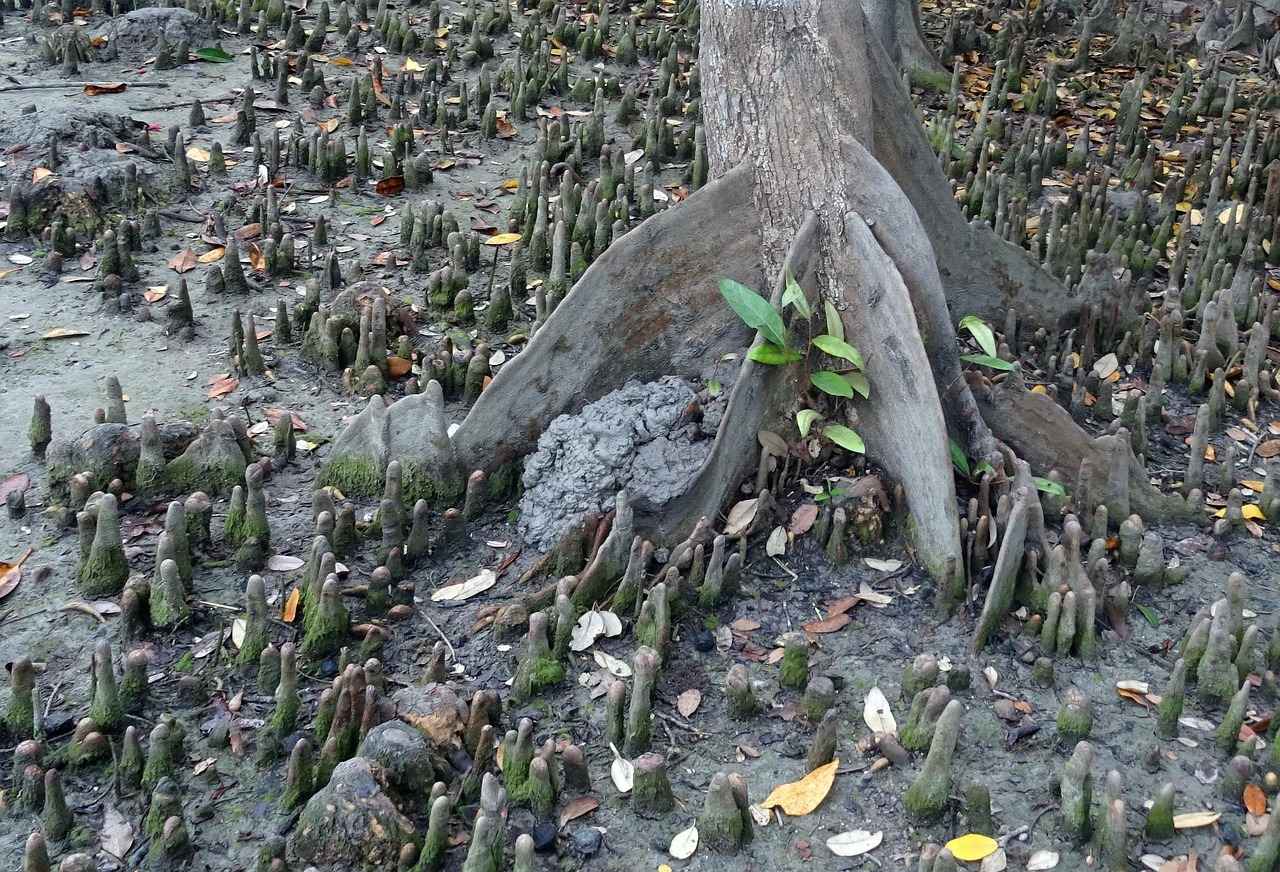
2. The Serene Sundarbans Journey
Embark on an unforgettable adventure in the Sundarbans, the world’s largest mangrove forest, which spans across India and Bangladesh. This UNESCO World Heritage site is not only renowned for its breathtaking landscapes but also for its rich biodiversity, making it a haven for nature enthusiasts and wildlife lovers alike.
The Sundarbans is home to the majestic Royal Bengal Tiger, a symbol of strength and grace. Visitors can explore the dense mangroves and tranquil waterways, where the unique ecosystem supports a variety of wildlife, including saltwater crocodiles, spotted deer, and numerous bird species. The best way to experience this natural wonder is through a guided boat tour, which allows you to navigate the intricate network of rivers and creeks that define the region.
As you journey through the Sundarbans, you will also encounter local communities whose lives are intricately linked to the forest. Engaging with the indigenous people offers insights into their traditional fishing practices and the sustainable ways they coexist with nature. This cultural immersion adds another layer to your experience, making it not just a trip but a journey of discovery.
For those interested in photography, the Sundarbans provides a stunning backdrop. The interplay of light and shadow among the mangroves, along with the vibrant wildlife, creates opportunities for breathtaking shots. Don’t forget to capture the serene sunsets that paint the sky in hues of orange and pink over the water.
In conclusion, the Sundarbans is a treasure trove of natural beauty and cultural richness. Whether you’re on a quest to spot the elusive tiger or simply want to enjoy the peaceful surroundings, this unique destination promises an enriching experience that will stay with you long after you leave.
For more information, visit the UNESCO World Heritage site page for the Sundarbans.
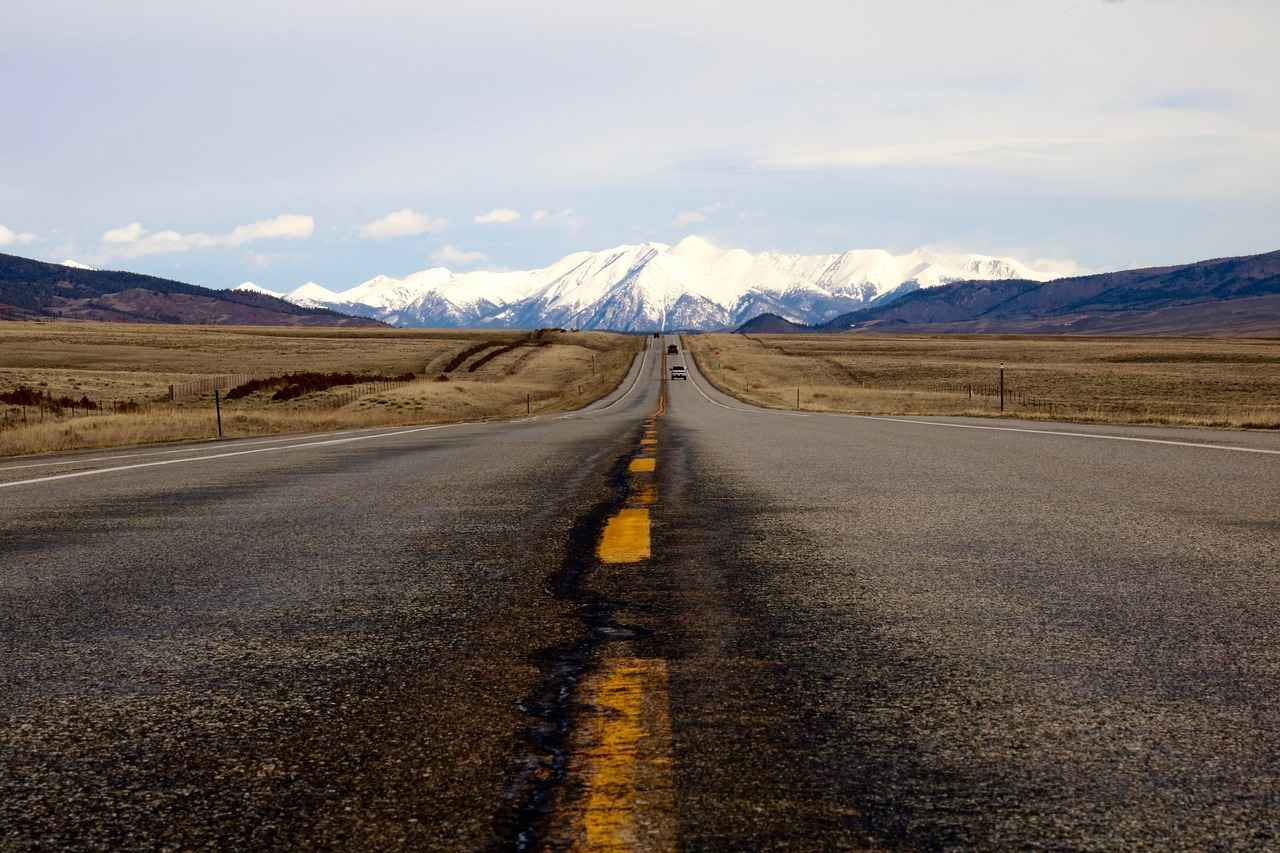
3. The Cultural Heritage Trail
The Cultural Heritage Trail is a captivating journey through the heart of West Bengal, where each stop tells a story of the region’s illustrious past. This route allows travelers to immerse themselves in the rich tapestry of culture, art, and architecture that defines West Bengal’s identity.
Starting in Santiniketan, founded by the Nobel laureate Rabindranath Tagore, visitors can explore the Visva-Bharati University, a center of learning that promotes art and culture. The Tagore Museum and the annual Poush Mela festival are must-see attractions that celebrate the local traditions and artistic expressions.
Continuing on, the route leads to Murshidabad, a city steeped in history. Once the capital of Bengal, it is famous for its stunning hazarduari palace, which showcases Indo-Saracenic architecture. The Imambara and the Jahan Kosha Cannon are other historical landmarks that reflect the grandeur of the Nawabi era. A visit to the local markets provides an opportunity to engage with artisans who continue to practice traditional crafts.
Travelers can also explore the artistic heritage of the region through various museums and galleries that display exquisite handicrafts and folk art. The vibrant Kalighat paintings and Terracotta work are examples of the local artistry that have gained recognition both nationally and internationally.
In conclusion, the Cultural Heritage Trail is not just a road trip; it is an enriching experience that connects visitors with the historical and cultural essence of West Bengal. From Santiniketan’s artistic legacy to Murshidabad’s royal past, this route offers a profound insight into the traditions that shape the region’s identity.

4. The Coastal Drive to Digha
Embark on a scenic coastal drive to Digha, a hidden gem where the golden sandy beaches meet the azure waters of the Bay of Bengal. This picturesque route is not just about the destination; it’s about the journey filled with stunning landscapes and serene vistas that promise to rejuvenate your spirit.
As you set off, the breeze from the sea fills your car, bringing with it the scent of salt and adventure. The road winds along the coastline, offering breathtaking views of the ocean on one side and lush greenery on the other. Along the way, you might encounter charming fishing villages, where local fishermen bring in their daily catch, providing a glimpse into the vibrant coastal life.
Upon reaching Digha, visitors are greeted by its expansive beaches, ideal for sunbathing, swimming, or simply enjoying a leisurely stroll along the shore. The beach is dotted with colorful shacks serving fresh seafood, allowing travelers to indulge in the local culinary delights. Families can enjoy various activities, from building sandcastles to engaging in water sports, ensuring a fun-filled day by the sea.
For those looking to unwind, the tranquil atmosphere of Digha provides the perfect backdrop for relaxation. The stunning sunsets here are a sight to behold, painting the sky with hues of orange and pink, making it an ideal spot for romantic evenings or quiet reflection.
In conclusion, the coastal drive to Digha is more than just a road trip; it’s an experience that encapsulates the beauty of nature and the warmth of coastal culture. Whether you’re a beach lover, a family seeking adventure, or someone looking to escape the hustle and bustle of city life, Digha offers a perfect getaway that rejuvenates the mind and soul.

5. The Tea Garden Route
Embark on a captivating journey through the lush tea gardens of Darjeeling and Dooars, where every turn reveals a tapestry of vibrant green hills and rolling landscapes. This route is not just a feast for the eyes; it’s a sensory experience that immerses you in the rich culture and heritage of tea production.
As you traverse this picturesque path, you will encounter scenic views that seem to stretch endlessly, with mist-covered mountains serving as the backdrop to the expansive tea estates. The fresh, crisp air is infused with the aroma of tea leaves, inviting you to pause and appreciate the beauty around you.
During your visit, take the opportunity to learn about tea production. Many tea estates offer guided tours where you can witness the meticulous process of tea picking and processing. Knowledgeable guides share insights into the history of tea cultivation in the region, making it a perfect educational experience for both adults and children.
After exploring the estates, indulge in the region’s famous brews. Local tea houses and cafes provide a cozy atmosphere to savor the unique flavors of Darjeeling and Dooars teas. Whether you prefer a robust black tea or a delicate green tea, each cup tells a story of the land from which it originates.
Additionally, the vibrant local culture enhances the experience. Interact with friendly locals, sample traditional delicacies, and immerse yourself in the rhythm of life in these beautiful regions. The Tea Garden Route is not just a road trip; it is an invitation to connect with nature and the rich traditions of tea making.
In conclusion, the Tea Garden Route through Darjeeling and Dooars is a perfect blend of natural beauty, cultural richness, and culinary delight. It offers travelers an unforgettable experience that celebrates the essence of tea and the breathtaking landscapes of West Bengal.
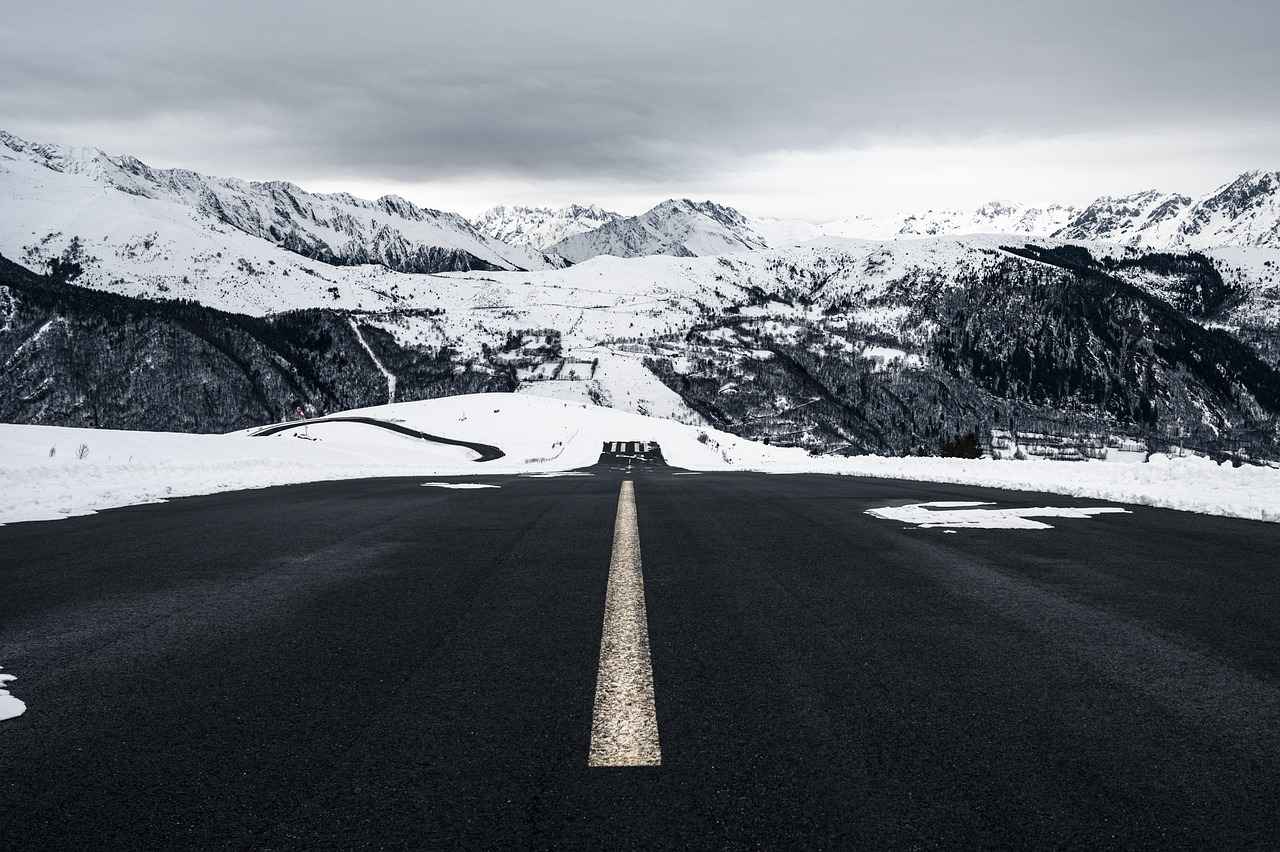
6. The Historical Route to Kolkata
Embark on a captivating journey through Kolkata, a city steeped in rich history and vibrant culture. This historical route showcases some of the most iconic landmarks that define the colonial past of India, offering travelers a glimpse into a time when the city was known as the “Gateway to India.”
- Victoria Memorial: Begin your exploration at the magnificent Victoria Memorial, an architectural marvel built in memory of Queen Victoria. Surrounded by lush gardens, the museum houses an extensive collection of artifacts, paintings, and sculptures that narrate the story of Kolkata’s colonial era.
- Howrah Bridge: Next, visit the iconic Howrah Bridge, an engineering feat that connects the city with Howrah. This bustling bridge, an emblem of Kolkata, offers stunning views of the Hooghly River and is a hub of daily life, making it a must-see for any visitor.
- Indian Museum: Continue your journey to the Indian Museum, the oldest museum in India. Here, you can explore a vast array of exhibits ranging from ancient sculptures to rare fossils, showcasing the diverse history and culture of the region.
- Marble Palace: Don’t miss the Marble Palace, a stunning 19th-century mansion adorned with exquisite marble and filled with art collections. This lesser-known gem provides insight into the opulent lifestyle of Kolkata’s erstwhile elite.
- St. Paul’s Cathedral: Conclude your historical tour at St. Paul’s Cathedral, a beautiful example of Gothic architecture. The serene atmosphere and stunning stained glass windows offer a peaceful respite from the bustling city streets.
As you traverse the bustling streets of Kolkata, indulge in the city’s famous cuisine. Sample local delicacies such as puchka (pani puri) and mishti doi (sweet yogurt), which reflect the city’s culinary heritage. Each bite tells a story, enhancing your understanding of Kolkata’s vibrant culture.
In conclusion, the historical route to Kolkata is not just a journey through time; it is an immersive experience that allows you to appreciate the city’s colonial legacy and contemporary charm. Whether you’re a history buff or simply seeking to explore, Kolkata promises an unforgettable adventure.
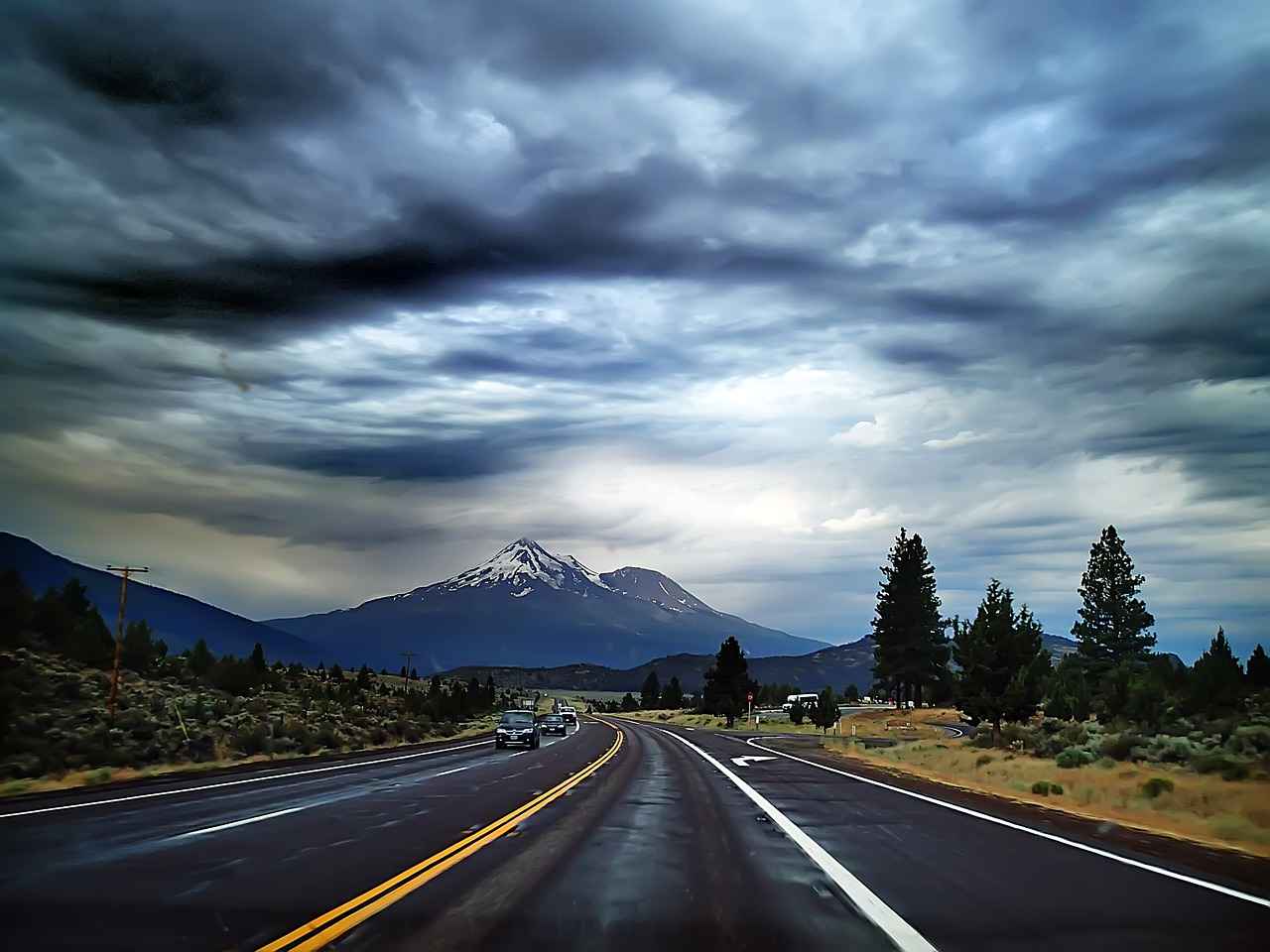
7. The Mystic Route to Kalimpong
Kalimpong, a serene hill station nestled in the eastern Himalayas, is a hidden gem that captivates visitors with its rich tapestry of culture and natural beauty. Known for its Buddhist monasteries, vibrant flower markets, and breathtaking views of the towering Himalayas, Kalimpong is an ideal destination for those seeking spirituality and tranquility.
One of the main attractions in Kalimpong is the Thongsha Gompa, a beautiful monastery that offers a peaceful environment for meditation and reflection. Visitors can explore its intricately decorated halls and participate in prayer sessions, immersing themselves in the local Buddhist culture. Additionally, the Zong Dog Palri Fo Brang Monastery stands as a testament to the region’s spiritual heritage, with stunning architecture and panoramic views that leave travelers in awe.
Kalimpong is also famous for its flower markets, where a vibrant array of blossoms are sold. The town is known as the “Flower Capital of India”, and the local markets are a feast for the senses, showcasing orchids, roses, and other exotic flowers. This colorful display not only attracts tourists but also serves as a source of livelihood for many local farmers.
The breathtaking vistas of the Himalayas make Kalimpong a photographer’s paradise. The Deolo Hill offers panoramic views that are simply mesmerizing, especially during sunrise and sunset. Travelers can indulge in various outdoor activities, including trekking and paragliding, which provide unique perspectives of the stunning landscape.
In conclusion, Kalimpong is more than just a hill station; it is a destination that offers a unique blend of spirituality, nature, and culture. Whether you are seeking a peaceful retreat or an adventure in the hills, Kalimpong promises an unforgettable experience.
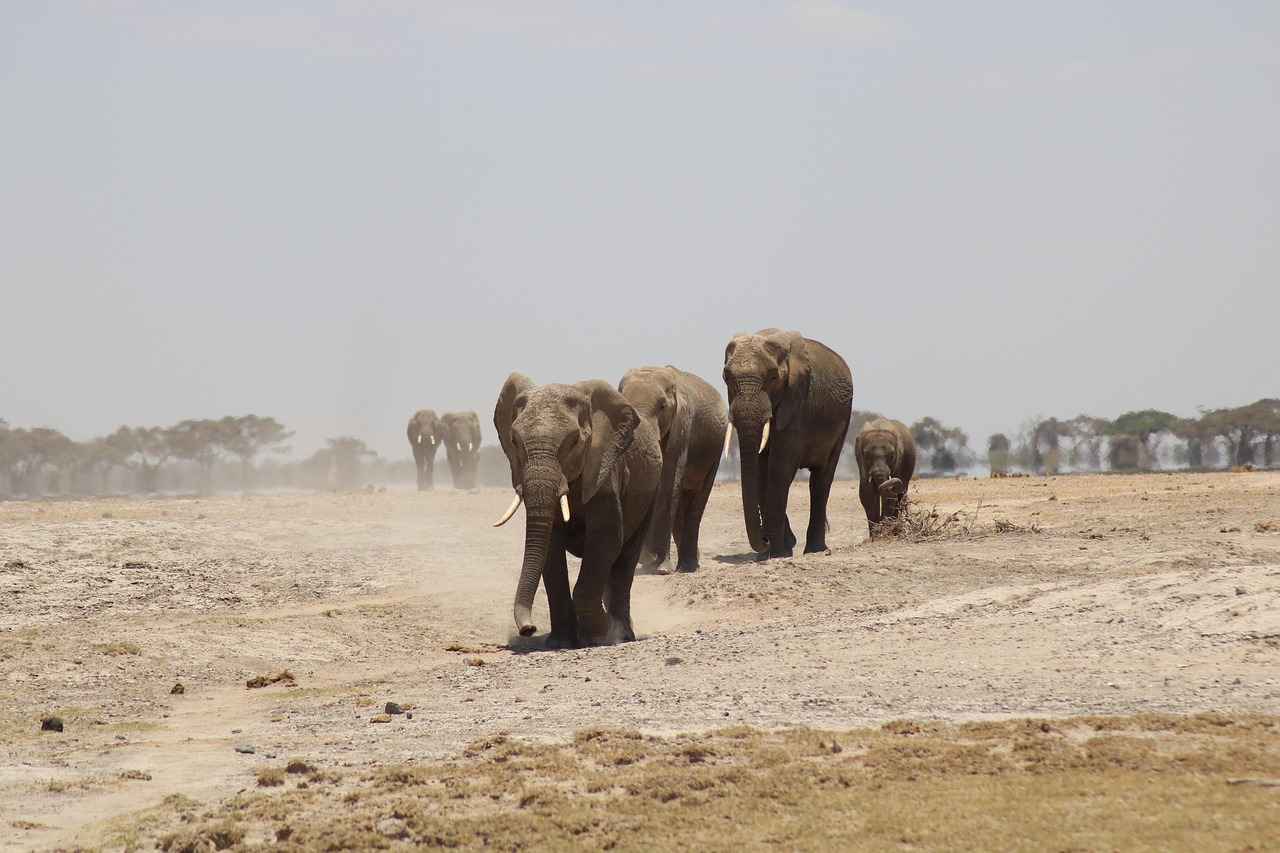
8. The Wildlife Safari in Jaldapara
Embark on an exhilarating wildlife safari in Jaldapara National Park, a gem nestled in the foothills of the Eastern Himalayas. This park is renowned for being one of the last strongholds of the Indian one-horned rhinoceros, making it a prime destination for wildlife enthusiasts and nature lovers alike.
As you traverse the park’s diverse ecosystems, you will encounter a rich tapestry of flora and fauna. The park spans over 216 square kilometers and boasts a variety of landscapes, including grasslands, forests, and riverine habitats. This diversity supports a wide range of wildlife, including elephants, deer, and numerous bird species, making every safari a unique adventure.
One of the highlights of a visit to Jaldapara is the opportunity to witness the majestic Indian rhinoceros in its natural habitat. With careful planning, you may catch sight of these magnificent creatures grazing in the grasslands or wallowing in mud pools. The park’s safari tours are led by experienced guides who share their knowledge about the wildlife and conservation efforts, enhancing your experience.
In addition to the rhinoceros, Jaldapara is home to other fascinating wildlife, including the Bengal tiger, leopards, and various species of birds such as the great hornbill. The park is also a sanctuary for the endangered Indian bison, offering visitors a chance to learn about conservation efforts aimed at protecting these remarkable animals.
For those seeking adventure, Jaldapara also offers opportunities for elephant rides and jungle safaris, allowing you to explore the park from a unique perspective. The experience of riding atop an elephant while observing wildlife up close is truly unforgettable.
In conclusion, a wildlife safari in Jaldapara National Park is not just a journey through nature; it is an immersion into the heart of India’s rich biodiversity. Whether you are an avid photographer, a wildlife enthusiast, or simply looking to connect with nature, Jaldapara promises an adventure filled with awe and wonder.
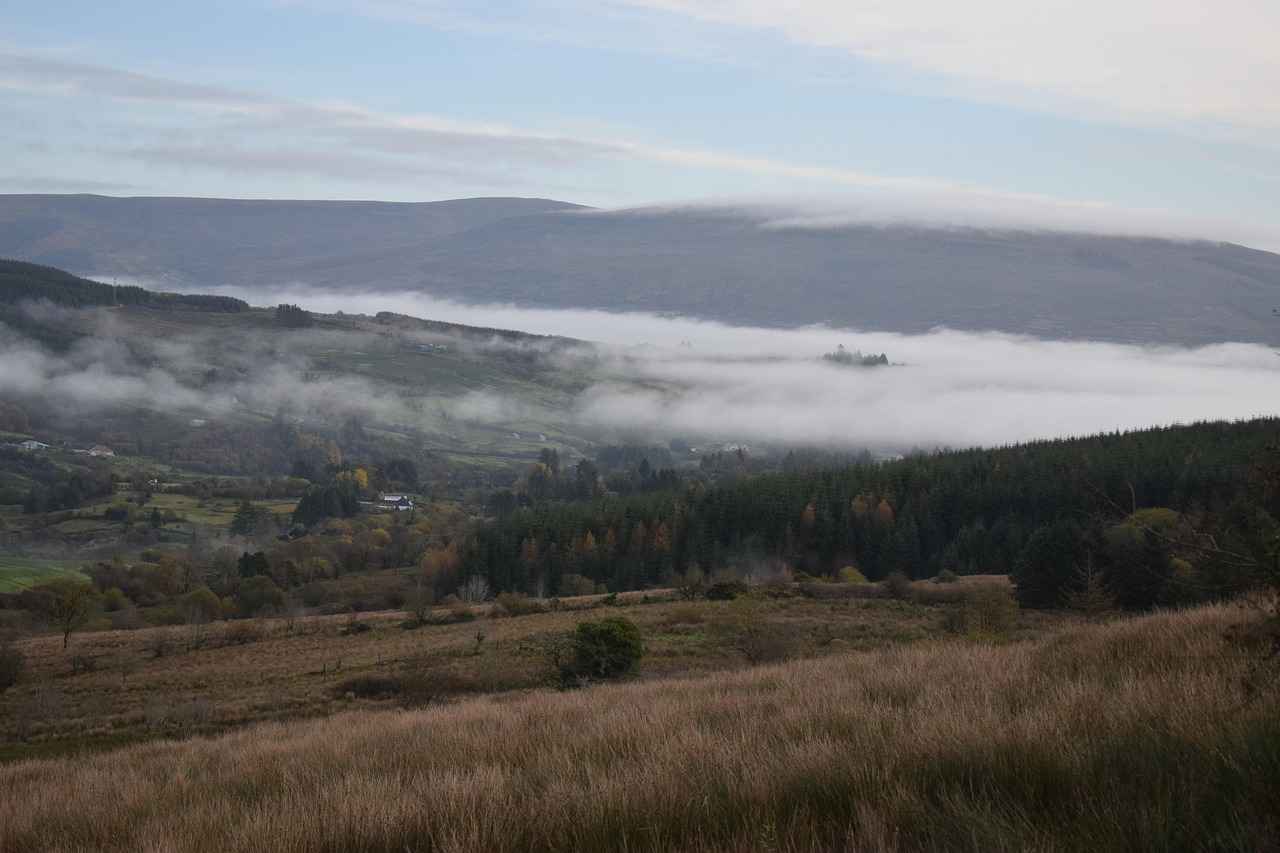
9. The Riverbank Drive Along the Hooghly
Embarking on a scenic drive along the Hooghly River is an experience that captivates the senses and offers a glimpse into the rich tapestry of life that thrives along this vital waterway. The journey unfolds as you navigate winding roads, flanked by lush greenery and vibrant local communities. As you drive, the picturesque views of riverside ghats and ancient temples come into view, each telling a story of the region’s cultural heritage.
The Hooghly River, a distributary of the Ganges, is not just a body of water; it is a lifeline for the people living along its banks. The drive provides opportunities to witness the daily lives of fishermen casting their nets, vendors selling their goods, and families enjoying leisurely afternoons by the river. The vibrant life along the riverbanks is a testament to the enduring connection between the people and the water.
As you continue your journey, make sure to stop at some of the ancient temples that dot the landscape. These sacred sites, such as the Dakshineswar Kali Temple and the Belur Math, are not only architectural marvels but also places of deep spiritual significance. The intricate carvings and serene surroundings offer a perfect backdrop for reflection and appreciation of the region’s rich history.
In addition to the cultural and spiritual landmarks, the drive also showcases the natural beauty of the Hooghly River. The shimmering waters, especially during sunset, create a breathtaking panorama that is perfect for photography enthusiasts. Whether you are a local or a traveler, this route promises a memorable adventure filled with scenic beauty and cultural richness.
In conclusion, the riverbank drive along the Hooghly is more than just a road trip; it is an immersion into the heart of West Bengal’s heritage, offering a unique blend of nature, culture, and community. Don’t miss the chance to experience this enchanting journey that captures the essence of life along one of India’s most important rivers.
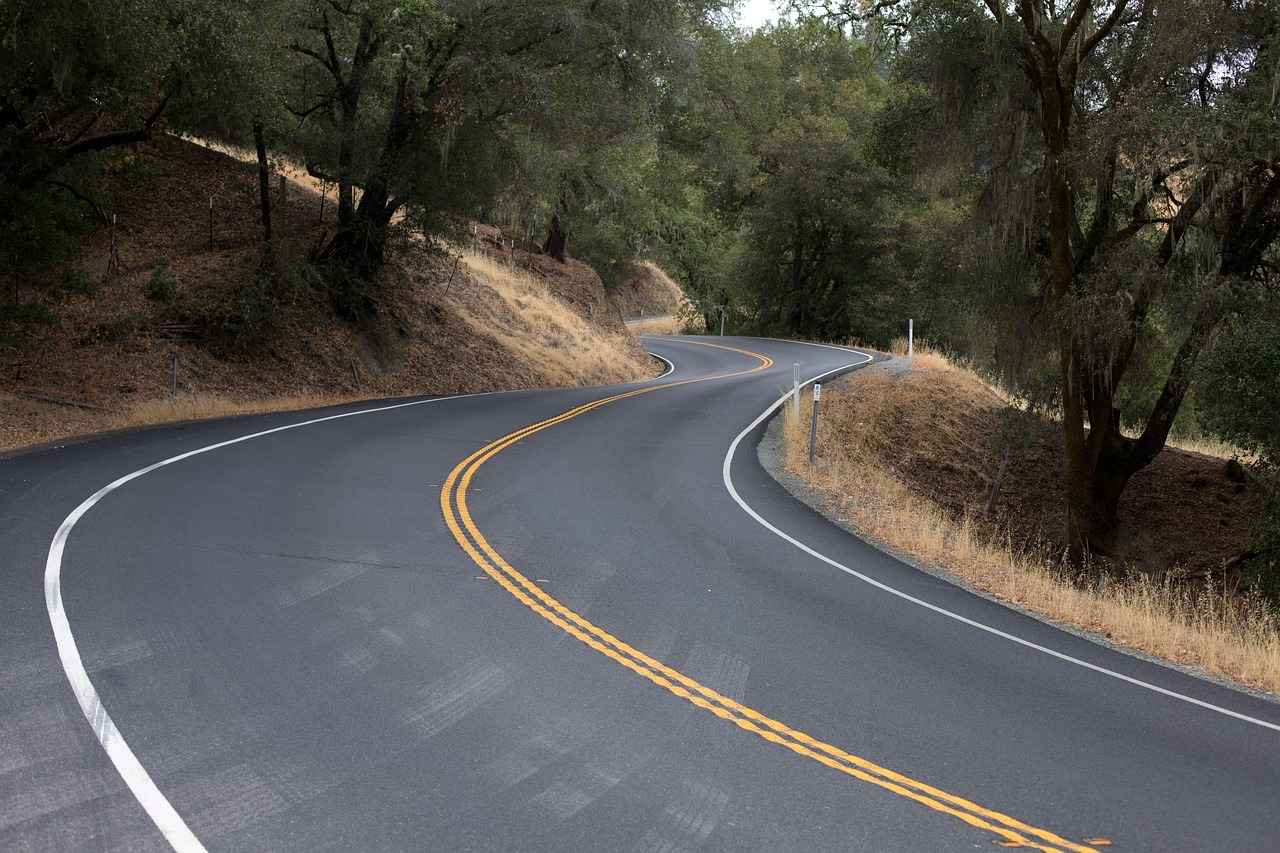
10. The Pilgrimage Route to Tarapith
Embark on a spiritual journey to Tarapith, a revered site in West Bengal, renowned for its magnificent temple dedicated to the goddess Tara. This sacred destination attracts countless pilgrims and tourists, each seeking to immerse themselves in the rich traditions and profound spiritual significance that this location embodies.
As you approach Tarapith, you will be greeted by the serene atmosphere and the vibrant energy of devotees engaged in prayer and rituals. The temple, a stunning example of traditional architecture, is adorned with intricate carvings and sculptures that depict various deities, enhancing its spiritual allure. The main idol of Goddess Tara, believed to be a powerful protector, draws visitors who come to seek blessings and guidance.
In addition to the temple, the surrounding area is dotted with ashrams and spiritual retreats that offer meditation and yoga sessions, allowing visitors to deepen their spiritual experience. The local culture is rich with folklore and traditions, often reflected in the festivals celebrated throughout the year, such as the Durga Puja and Shyama Puja, which attract even more visitors.
Moreover, the landscape around Tarapith is picturesque, featuring lush greenery and tranquil rivers, making it an ideal spot for reflection and connection with nature. The local cuisine is another highlight, with various traditional dishes that visitors can savor, providing a taste of the region’s culinary heritage.
In conclusion, the pilgrimage route to Tarapith is not just a journey to a temple but an exploration of spirituality, culture, and nature. Whether you seek spiritual enlightenment or simply wish to experience the rich traditions of this sacred site, Tarapith offers a profound and memorable experience for all who visit.
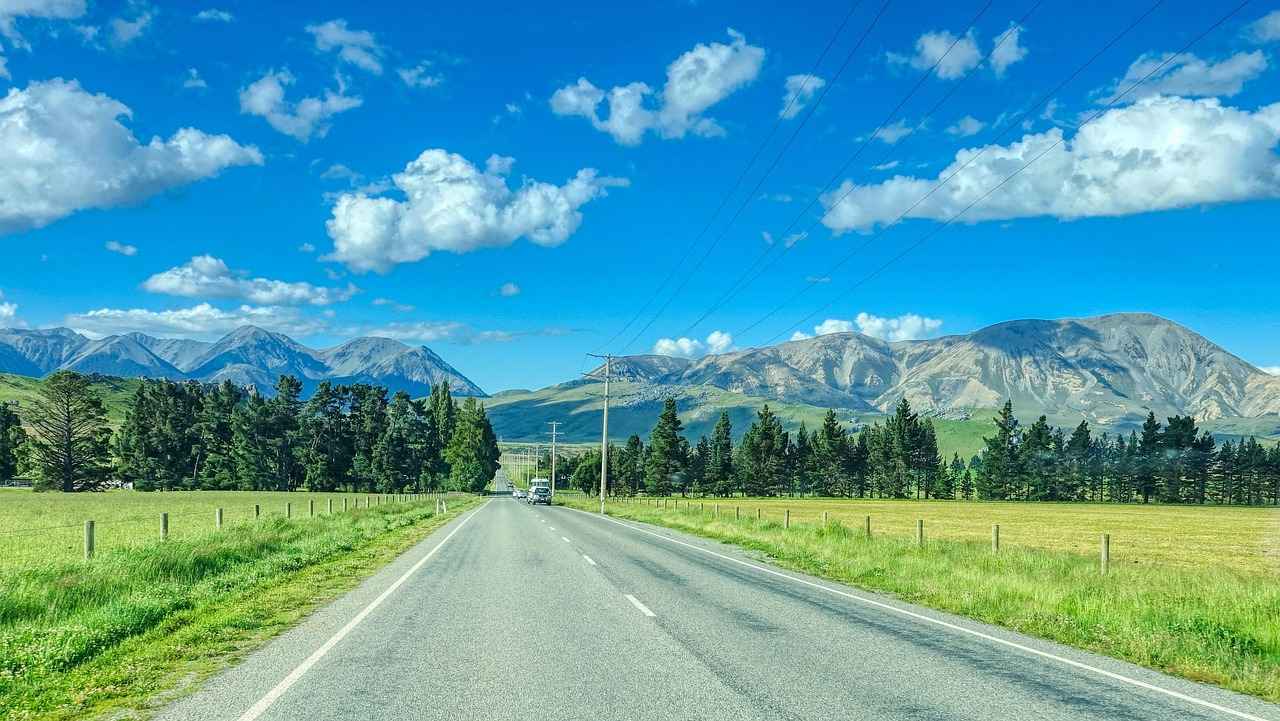
11. The Artistic Journey to Shantiniketan
Shantiniketan, a vibrant cultural hub in West Bengal, was founded by the illustrious Rabindranath Tagore in 1901. This unique place is not just a town but a celebration of art, literature, and music. Visitors from around the globe flock to Shantiniketan to experience its rich artistic heritage and the serene environment that fosters creativity.
Tagore envisioned Shantiniketan as a place where education and the arts could coexist harmoniously with nature. Today, it serves as the home to Visva-Bharati University, which attracts students and artists who seek inspiration from its tranquil surroundings. The university’s open-air classes and cultural festivals provide a platform for showcasing various art forms, including dance, music, and visual arts.
- Art and Culture: Shantiniketan is renowned for its Baul music, a traditional folk style that resonates deeply with the philosophy of life and love.
- Festivals: The Poush Mela, held every January, is a vibrant fair that celebrates rural art and crafts, drawing artisans from all over.
- Nature Walks: The picturesque landscape, dotted with Sal trees and lush gardens, provides a perfect backdrop for artists and poets seeking inspiration.
In addition to its artistic offerings, Shantiniketan is home to several museums, such as the Tagore Museum and the Kala Bhavana, where visitors can explore the legacy of Tagore and the evolution of Indian art. The Santhal Tribal Village, located nearby, offers a glimpse into the lives of indigenous communities, enriching the cultural tapestry of the region.
As you stroll through the streets of Shantiniketan, you will encounter numerous art installations and murals that reflect the town’s creative spirit. The atmosphere is imbued with a sense of peace and inspiration, making it a must-visit destination for anyone interested in the arts.
Conclusion: Shantiniketan stands as a beacon of artistic expression and cultural richness. Whether you are an artist, a poet, or simply a lover of culture, immersing yourself in the vibrant atmosphere of Shantiniketan will undoubtedly inspire and rejuvenate your creative spirit.

12. The Scenic Route Through the Dooars
The Scenic Route Through the Dooars offers travelers a mesmerizing journey through one of India’s most enchanting regions. Nestled in the foothills of the Himalayas, the Dooars is renowned for its lush forests, sprawling tea gardens, and rich biodiversity. This area serves as a gateway to some of the most stunning national parks and wildlife sanctuaries, making it a haven for nature lovers and adventure seekers alike.
As you traverse this picturesque landscape, you will be captivated by the verdant hills and the melodious sounds of chirping birds. The Dooars is home to several wildlife sanctuaries, including Jaldapara National Park and Buxa Tiger Reserve, where you can spot an array of animals, such as the majestic Indian one-horned rhinoceros and elusive tigers. The thrill of a wildlife safari in these parks is an experience like no other, offering a chance to connect with nature in its purest form.
Alongside its natural beauty, the Dooars region is dotted with tea estates that provide a glimpse into the traditional tea-making process. Visitors can enjoy guided tours of these estates, where they can learn about the intricate steps involved in producing the world-famous Darjeeling tea. Sipping a freshly brewed cup of tea while overlooking the sprawling gardens is a moment that encapsulates the essence of this region.
The charming towns and villages throughout the Dooars, such as Chilapata and Gorumara, offer a glimpse into the local culture and lifestyle. Travelers can indulge in authentic cuisine, participate in traditional festivals, and interact with the warm and welcoming locals. This cultural immersion adds depth to the scenic journey, making it not just a visual feast but also a rich tapestry of experiences.
In conclusion, the scenic route through the Dooars is more than just a drive; it’s an unforgettable adventure that combines natural beauty, wildlife, and cultural richness. Whether you are seeking tranquility in nature or an adrenaline rush through wildlife encounters, the Dooars promises an experience that will linger in your memory long after your journey ends.
Frequently Asked Questions
- What are the best scenic routes for road trips in West Bengal?
The best scenic routes include the Himalayan Circuit, Sundarbans Journey, and the Coastal Drive to Digha. Each route offers unique landscapes and cultural experiences that are perfect for adventure seekers and nature lovers.
- Is it safe to travel through the Sundarbans?
Yes, traveling through the Sundarbans is generally safe, especially when you join guided tours. The area is rich in biodiversity, and with proper precautions, you can enjoy its beauty while respecting the wildlife.
- What can I expect on the Tea Garden Route?
On the Tea Garden Route, you can expect stunning views of lush green tea plantations, opportunities to learn about tea production, and the chance to taste some of the finest brews while enjoying the serene surroundings.
- Are there any cultural experiences along the routes?
Absolutely! Routes like the Cultural Heritage Trail and the Artistic Journey to Shantiniketan offer rich cultural experiences, including visits to historical sites, art hubs, and local traditions that reflect West Bengal’s vibrant heritage.
- What is the best time to visit these scenic routes?
The best time to visit is typically from October to March when the weather is pleasant and ideal for road trips. Each route has its charm during this period, making it perfect for exploration.



